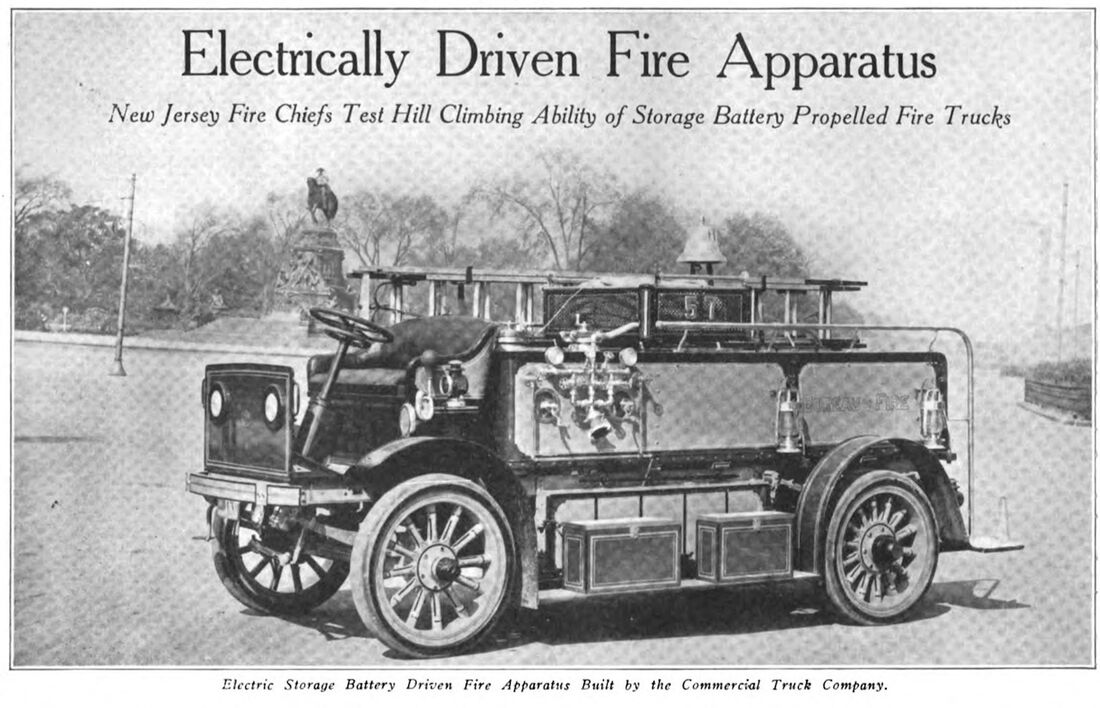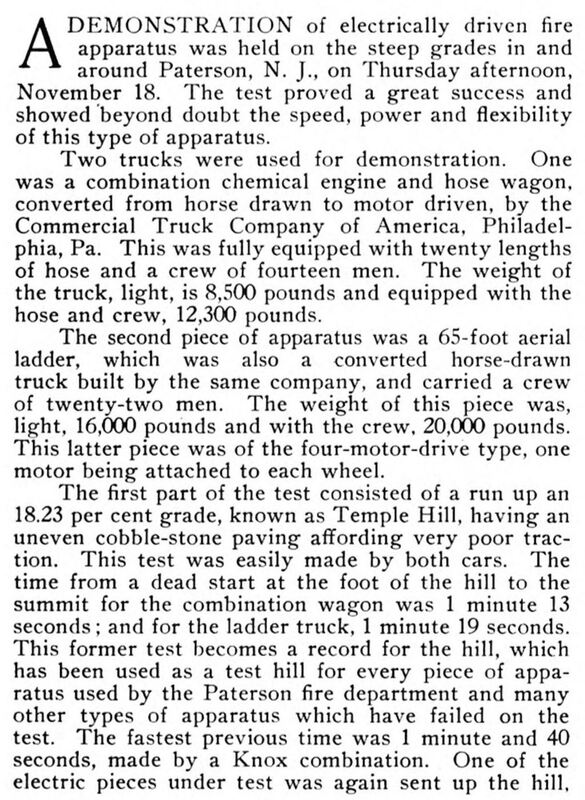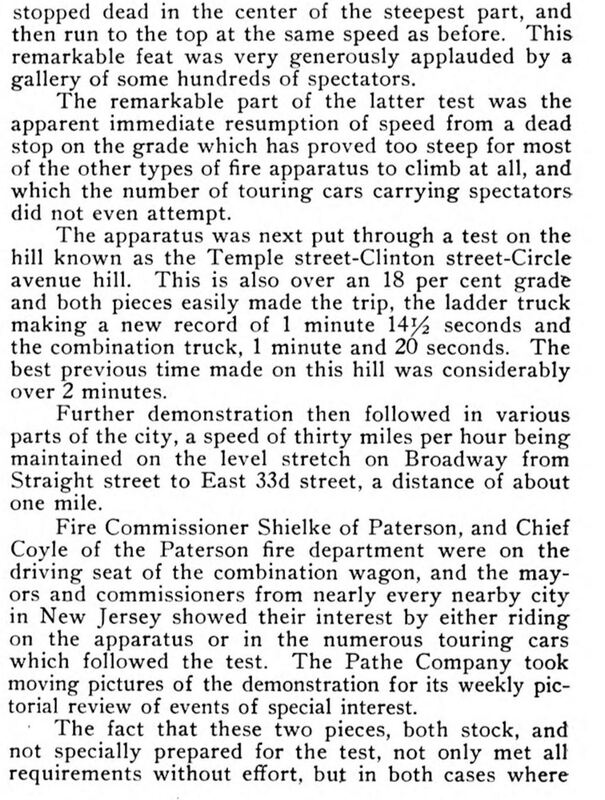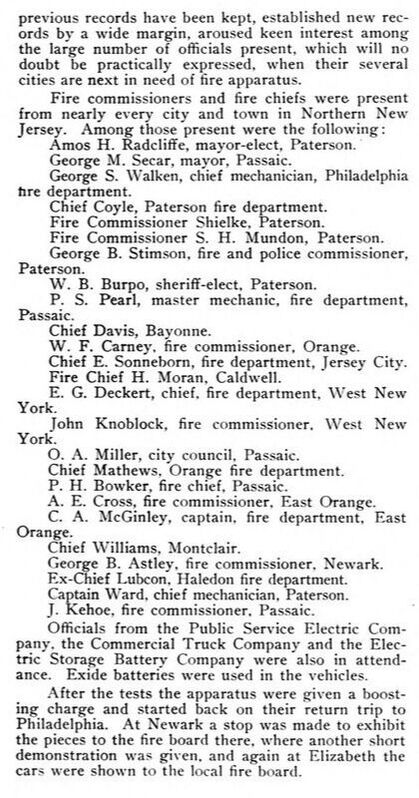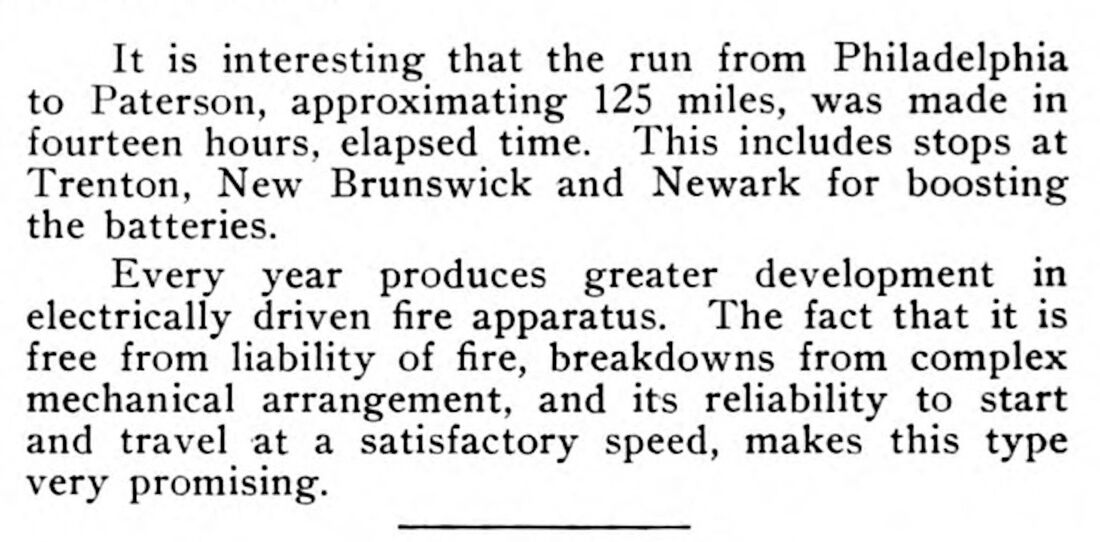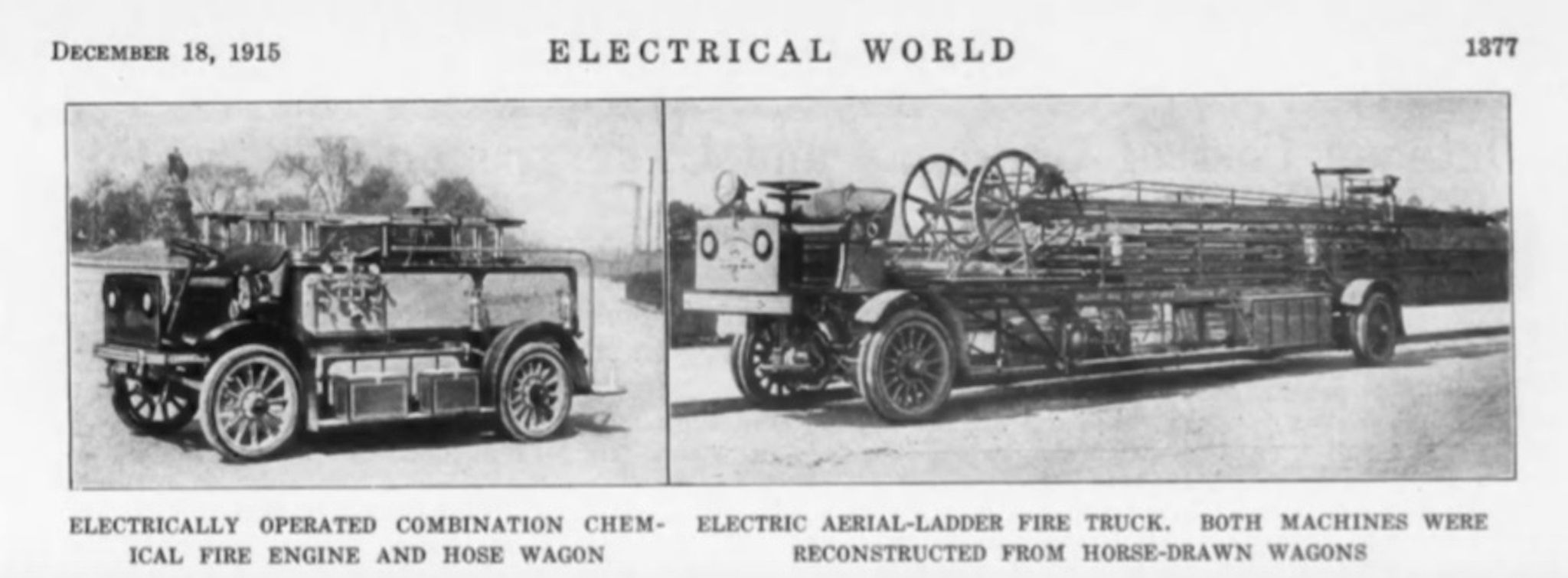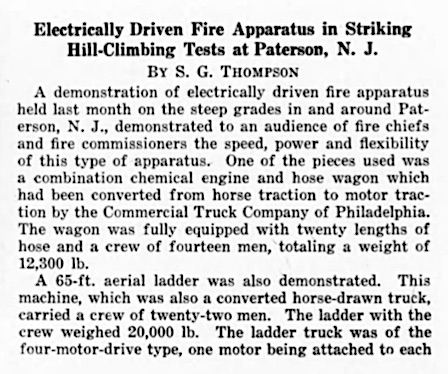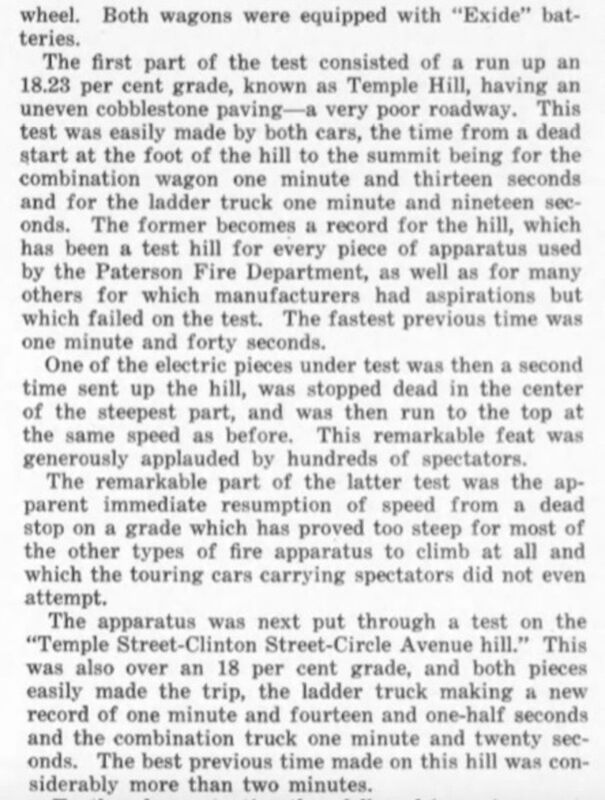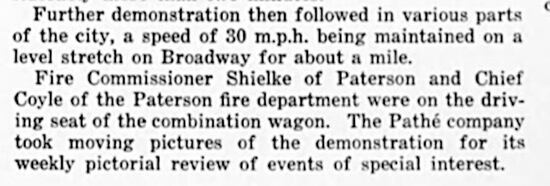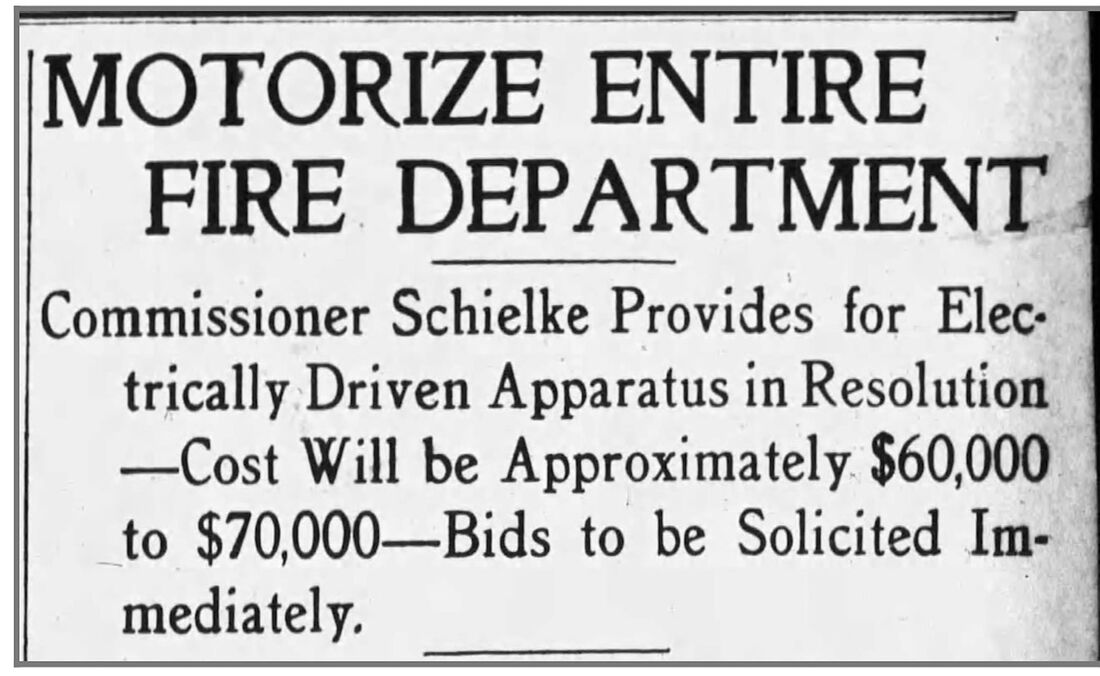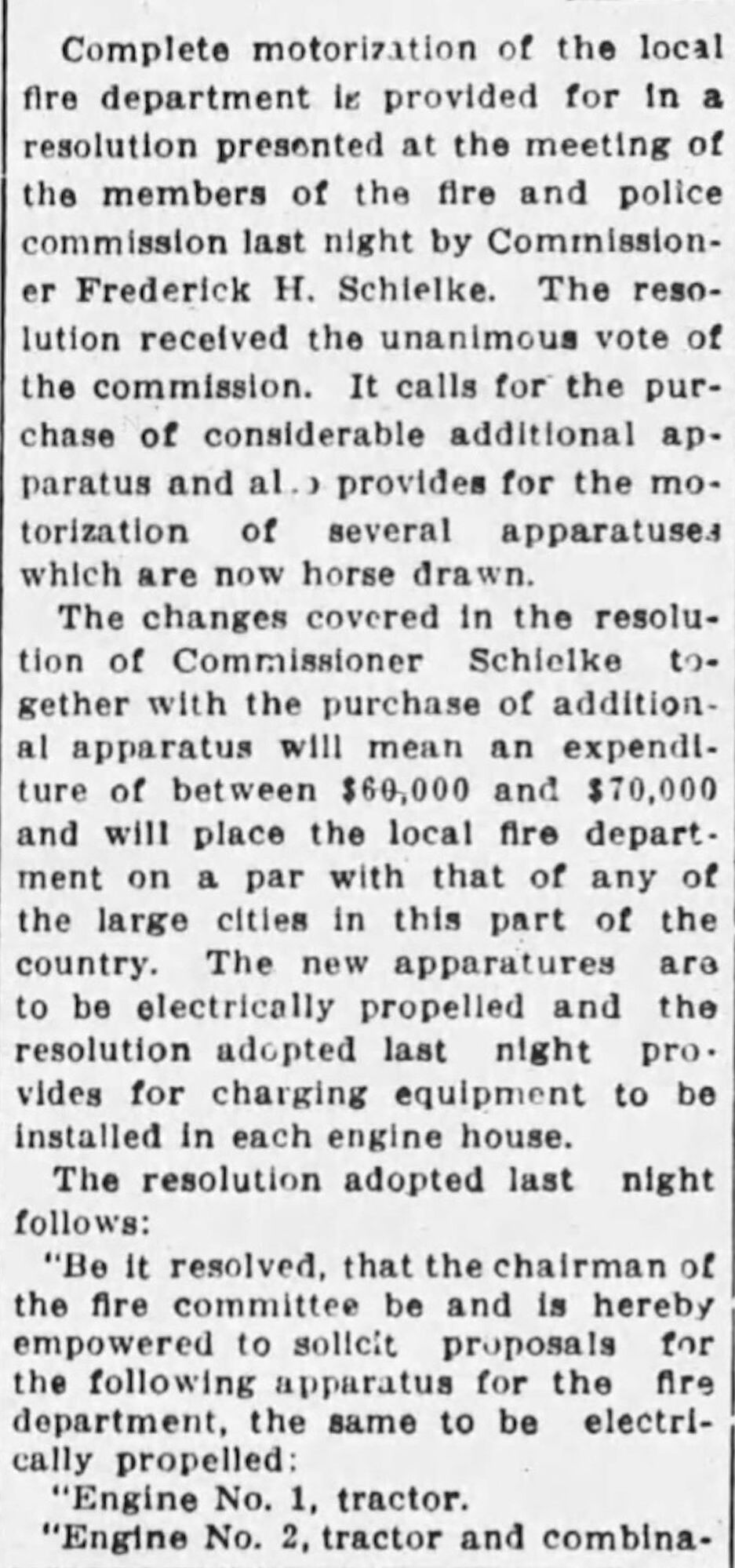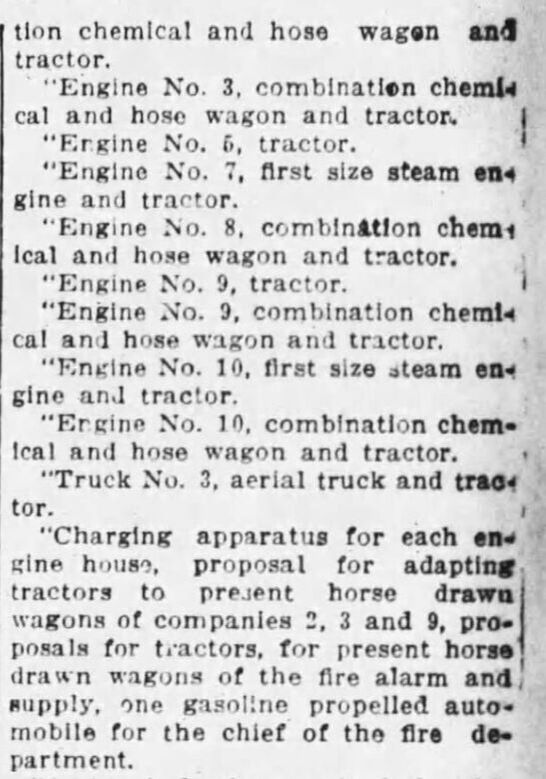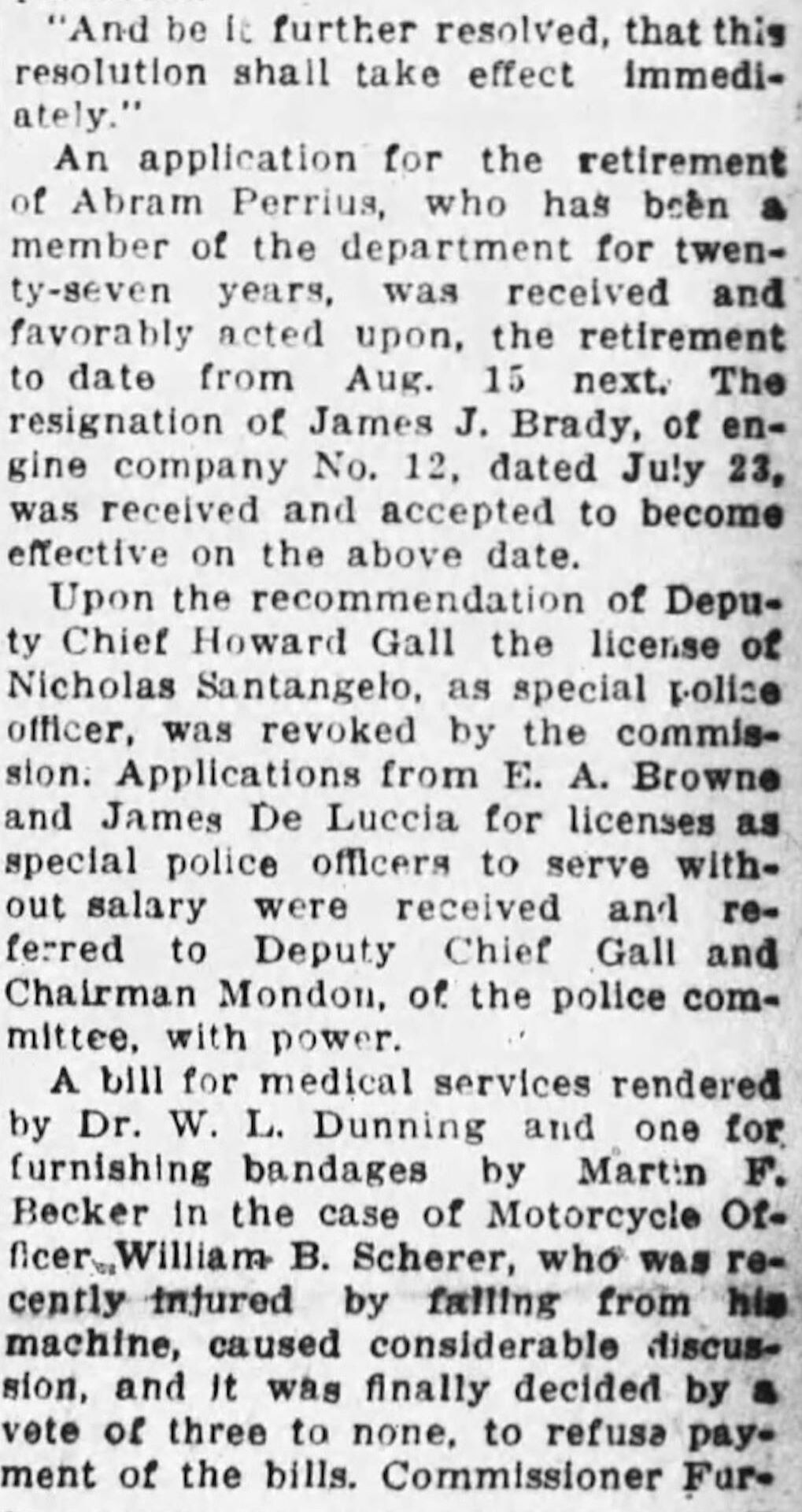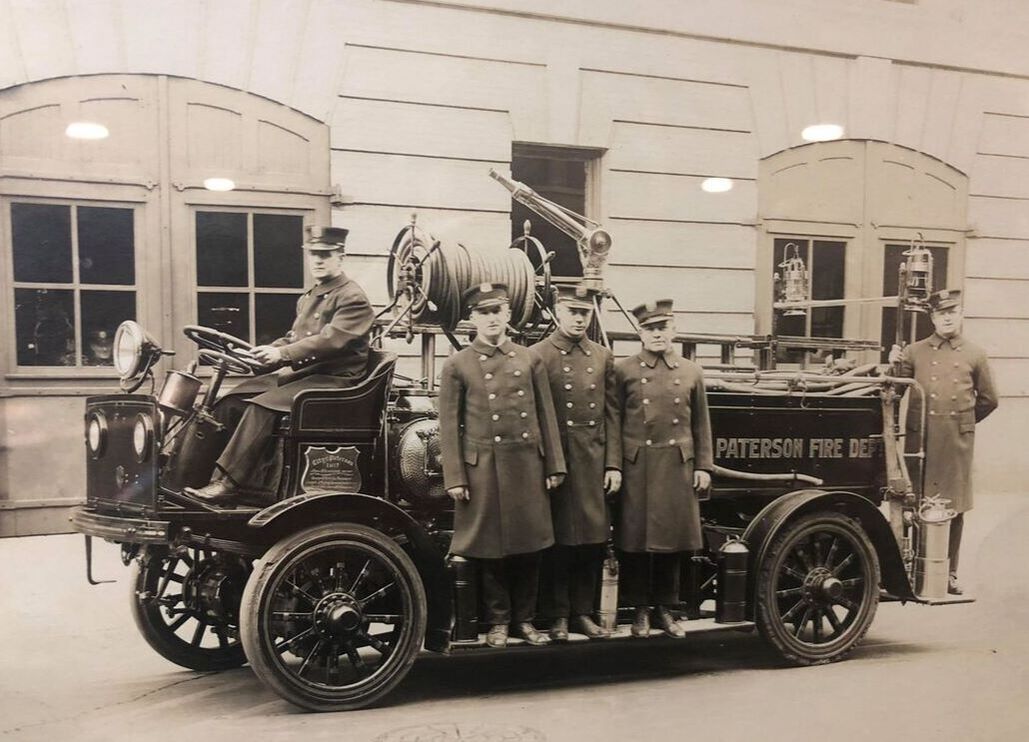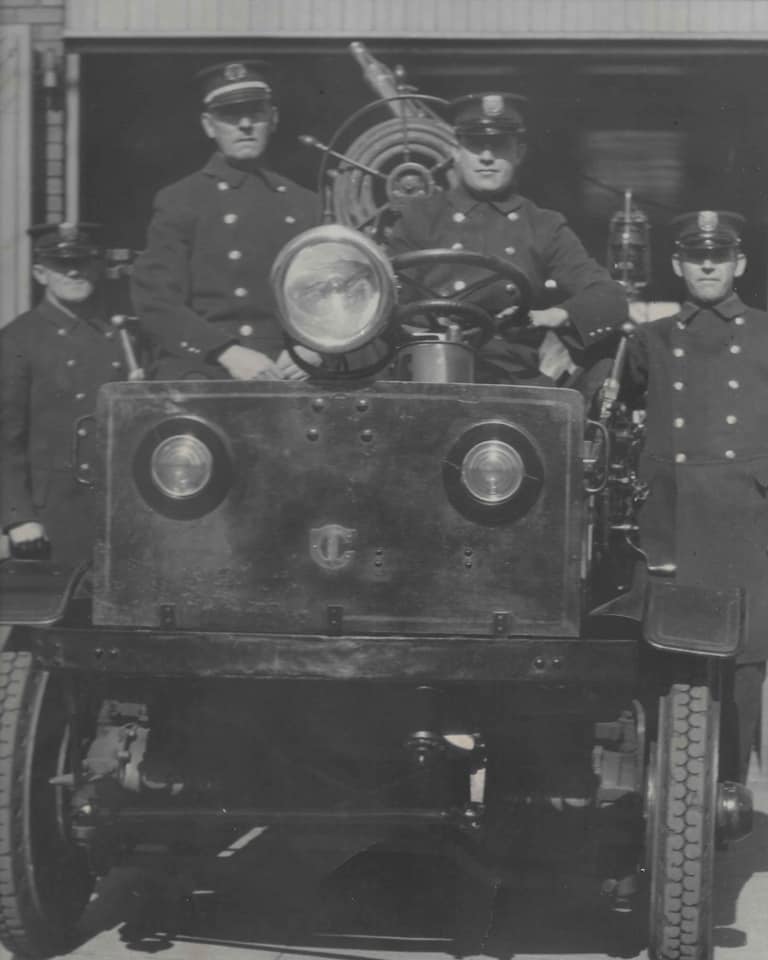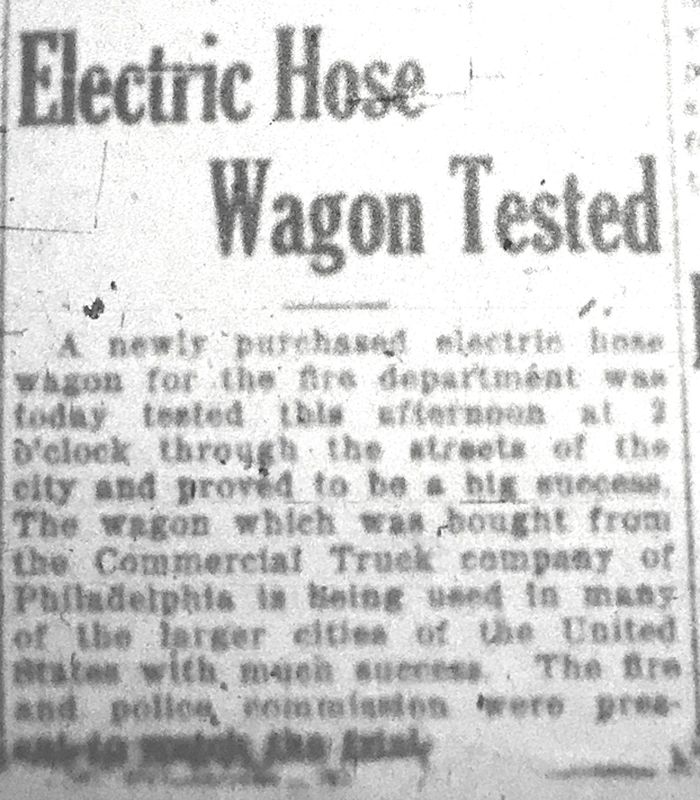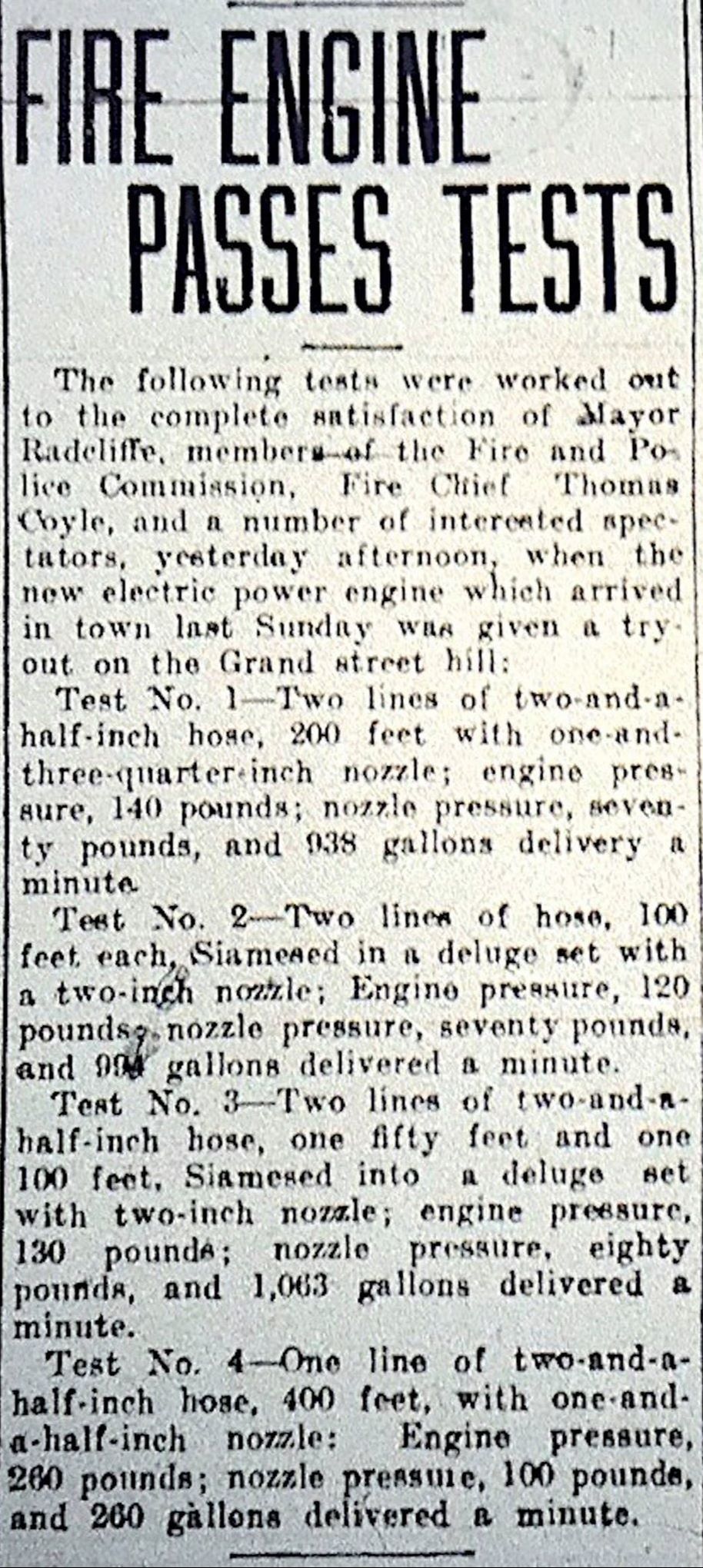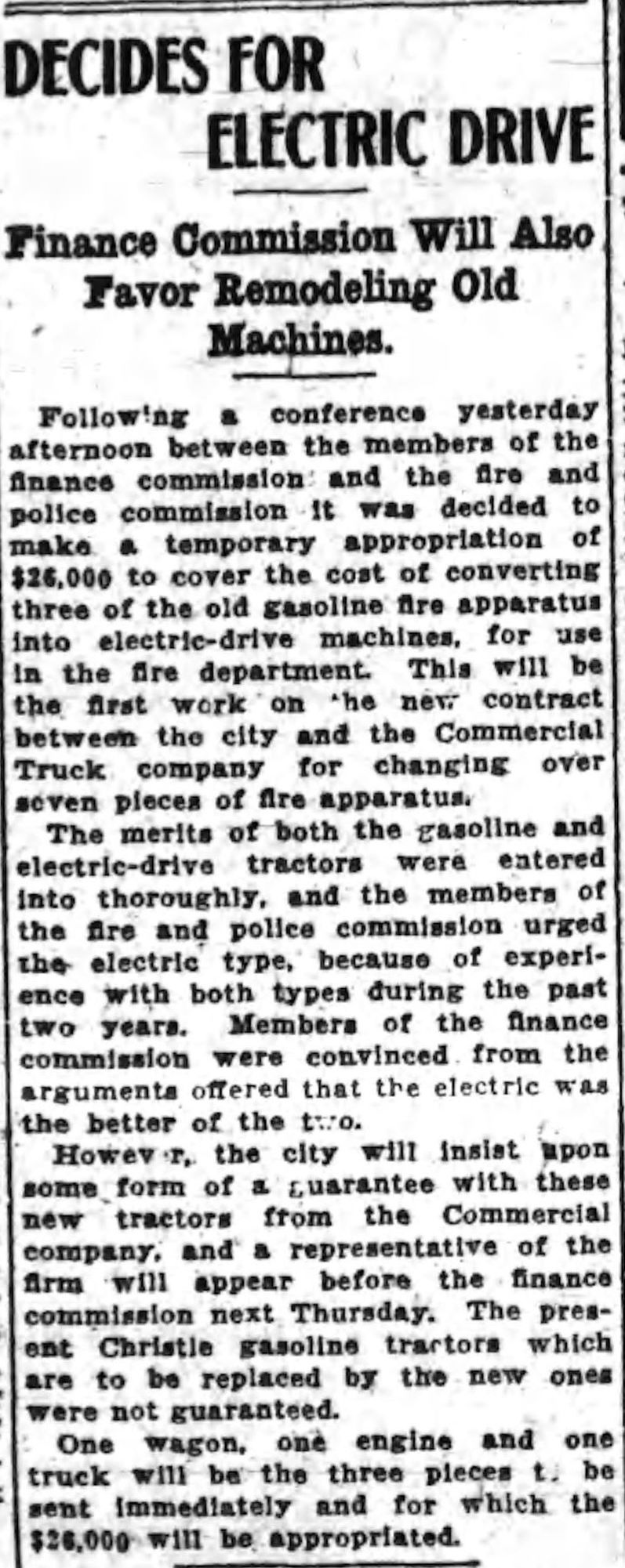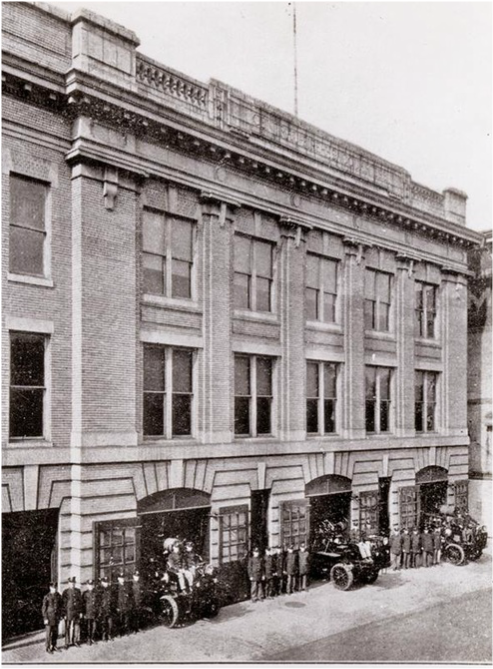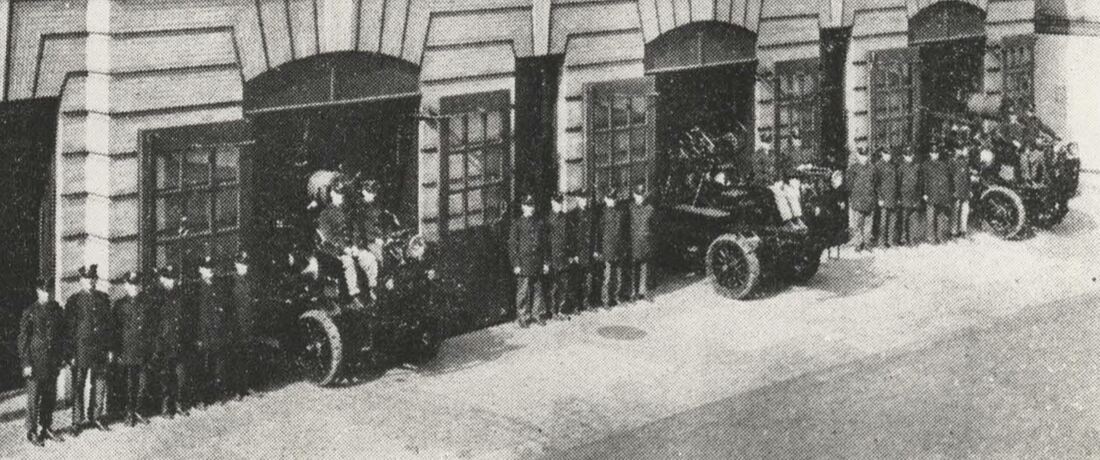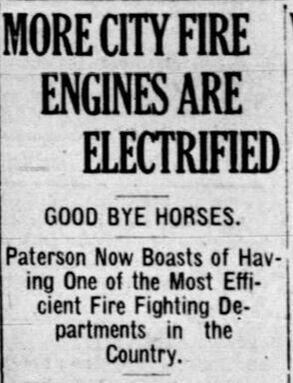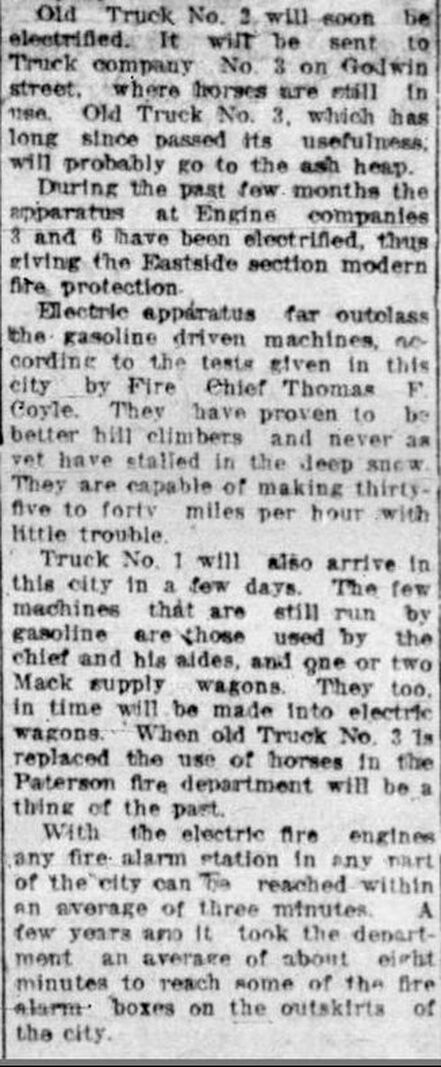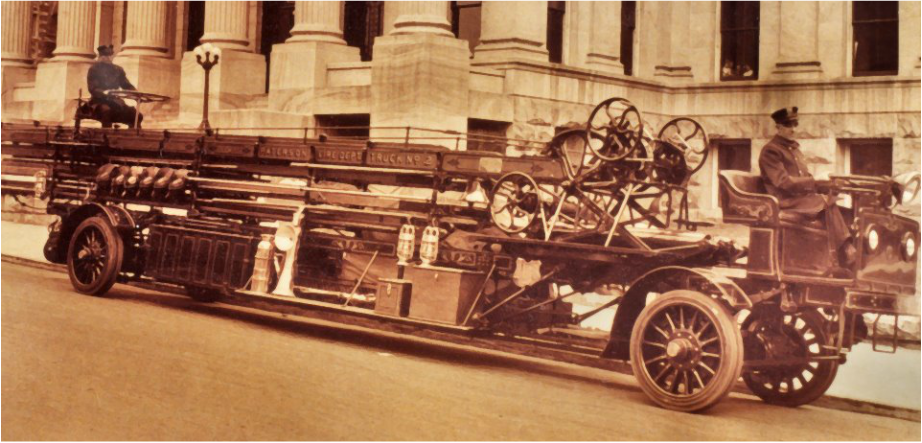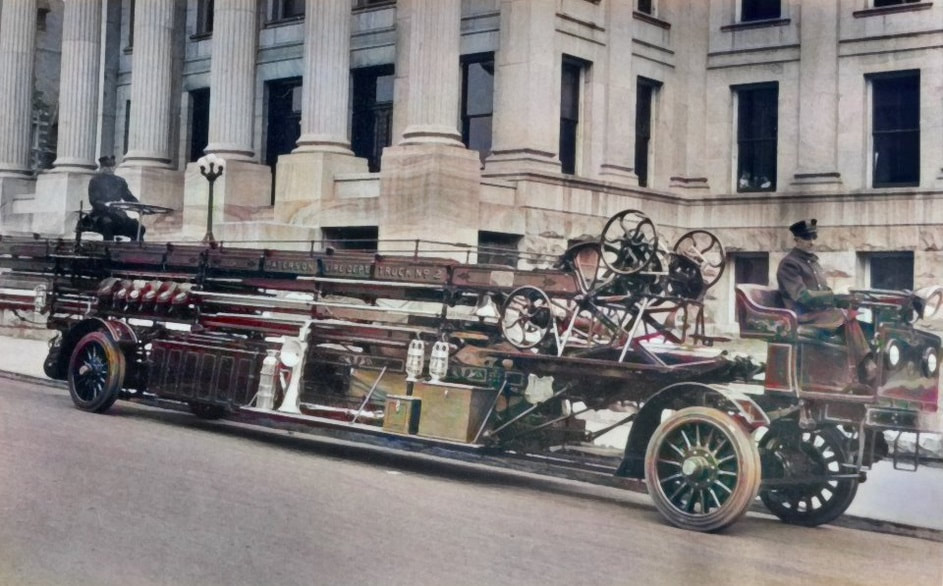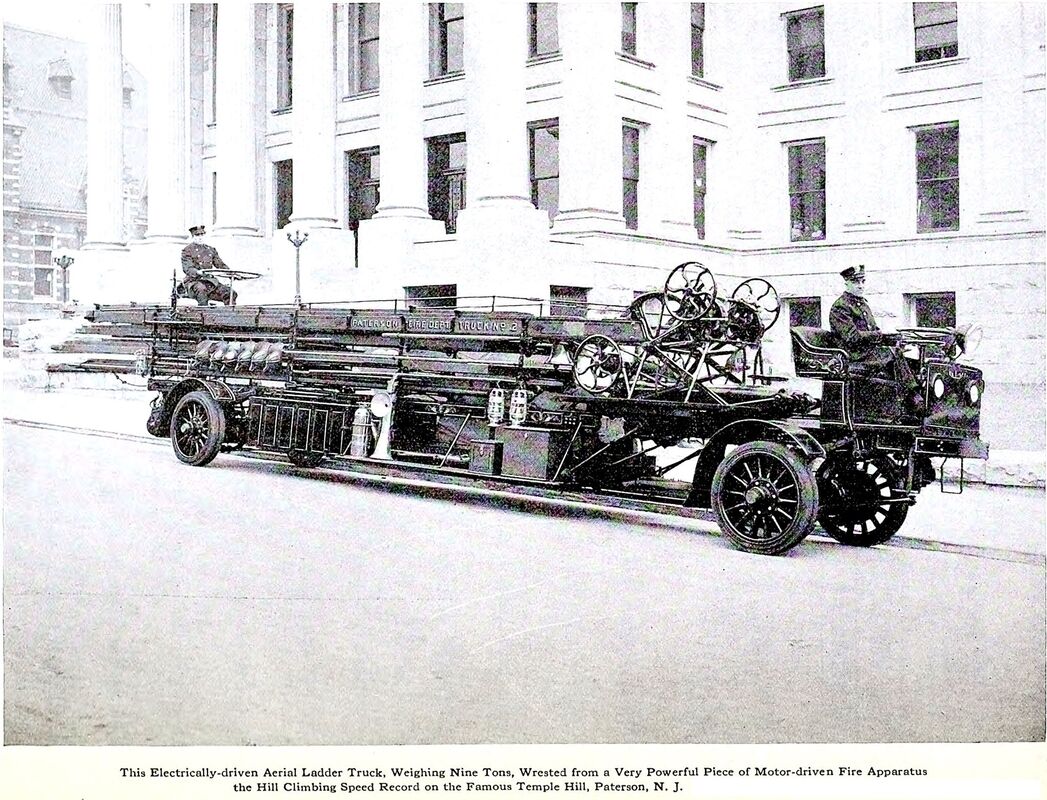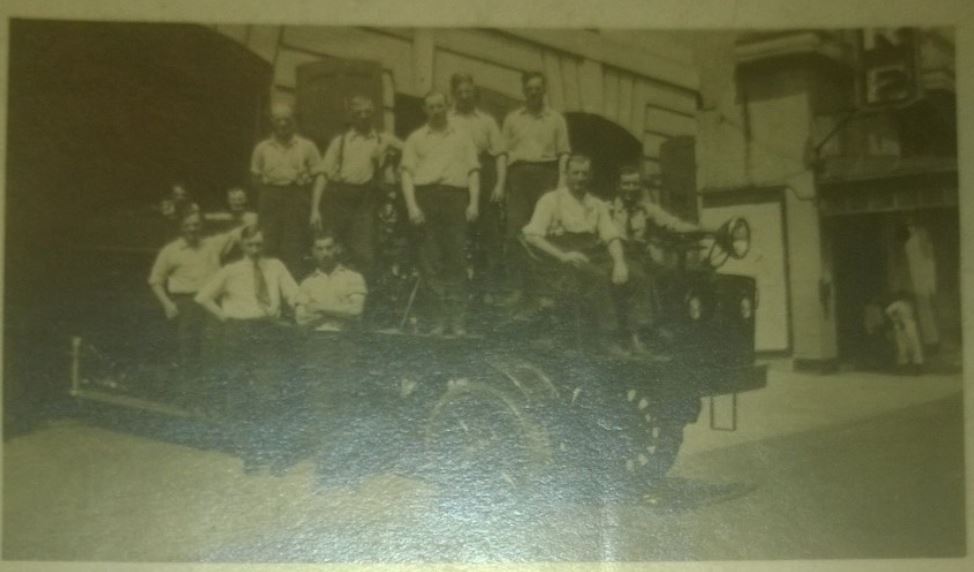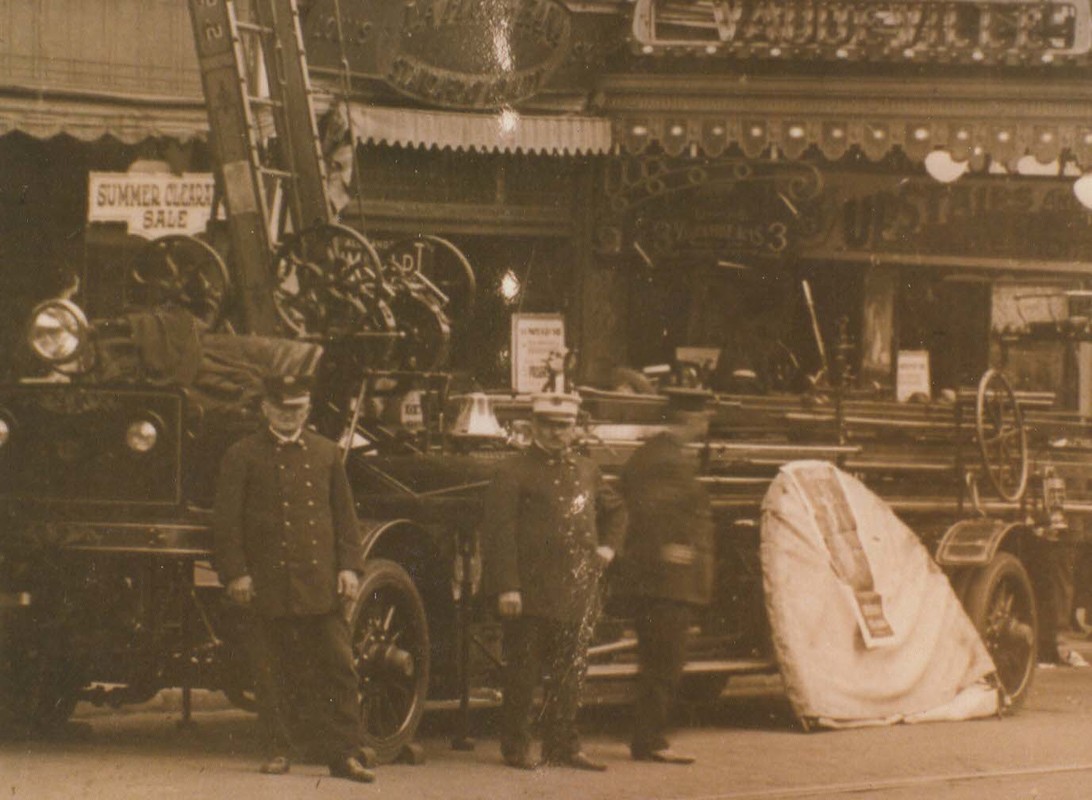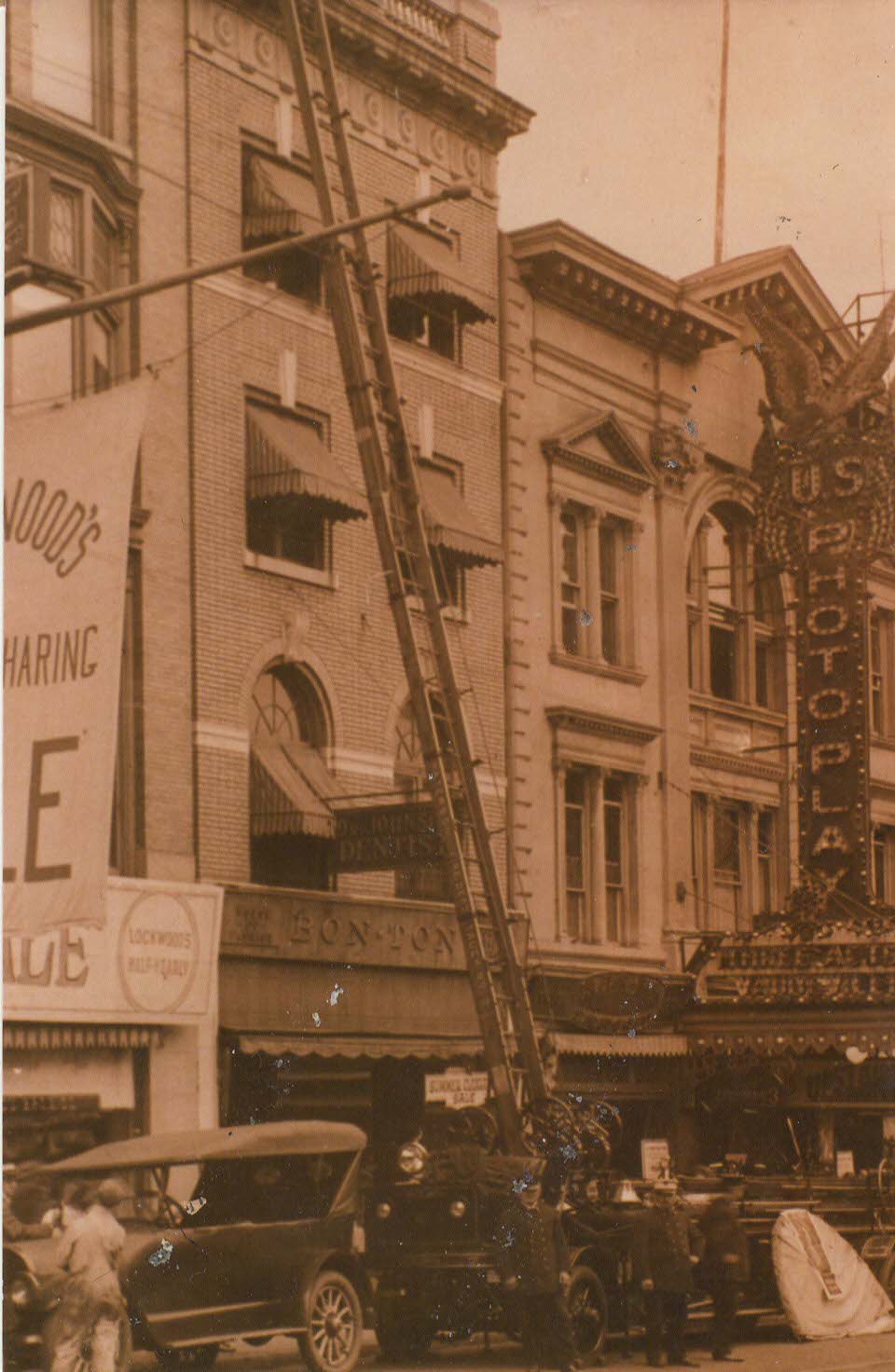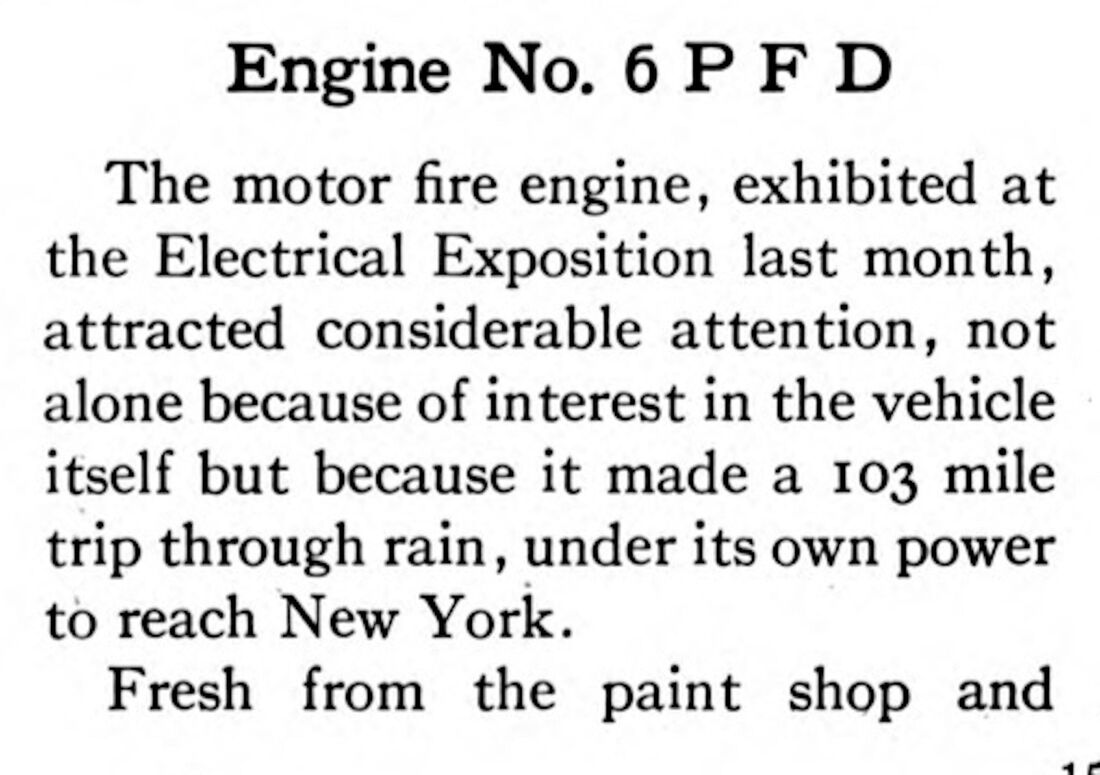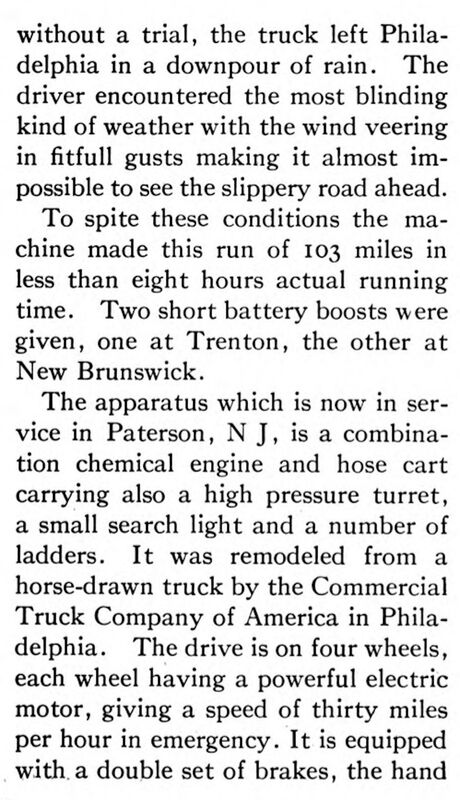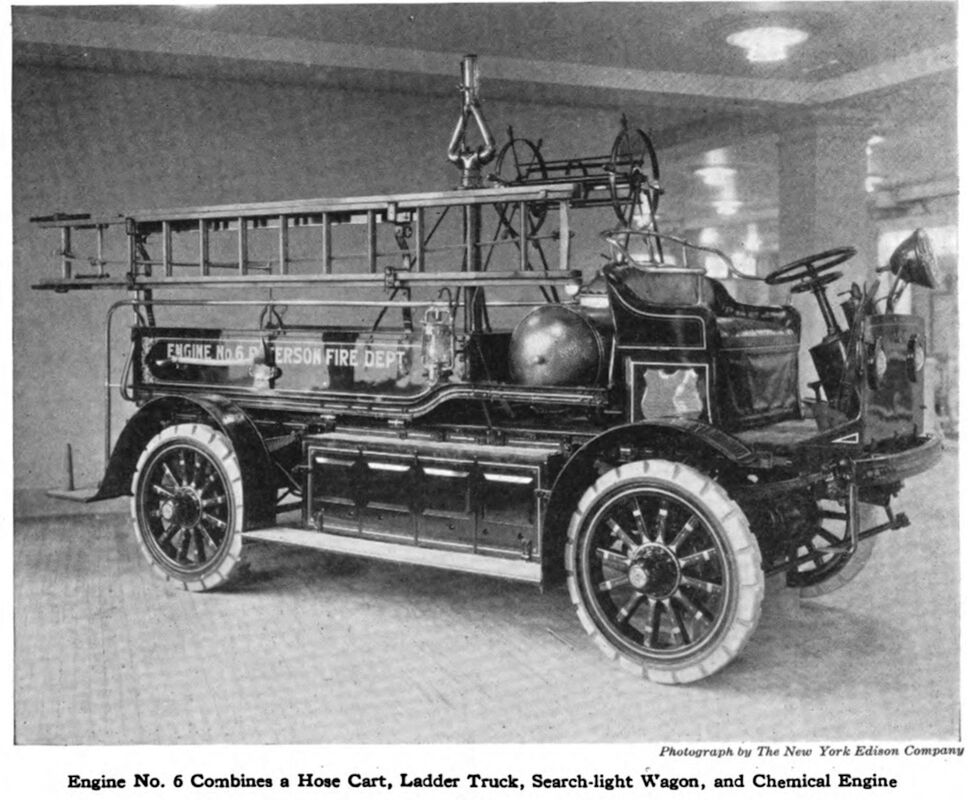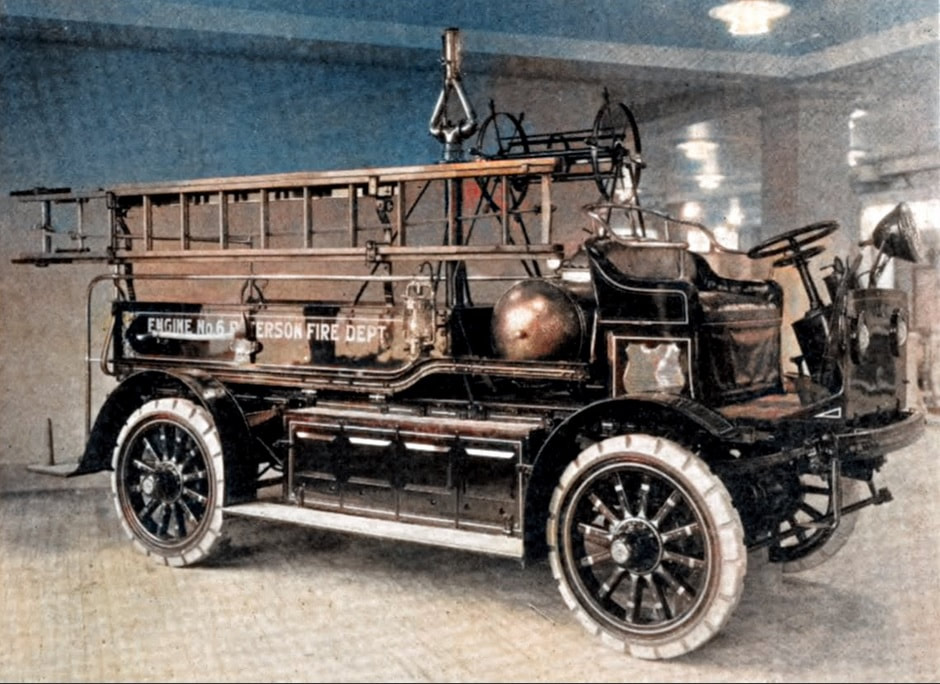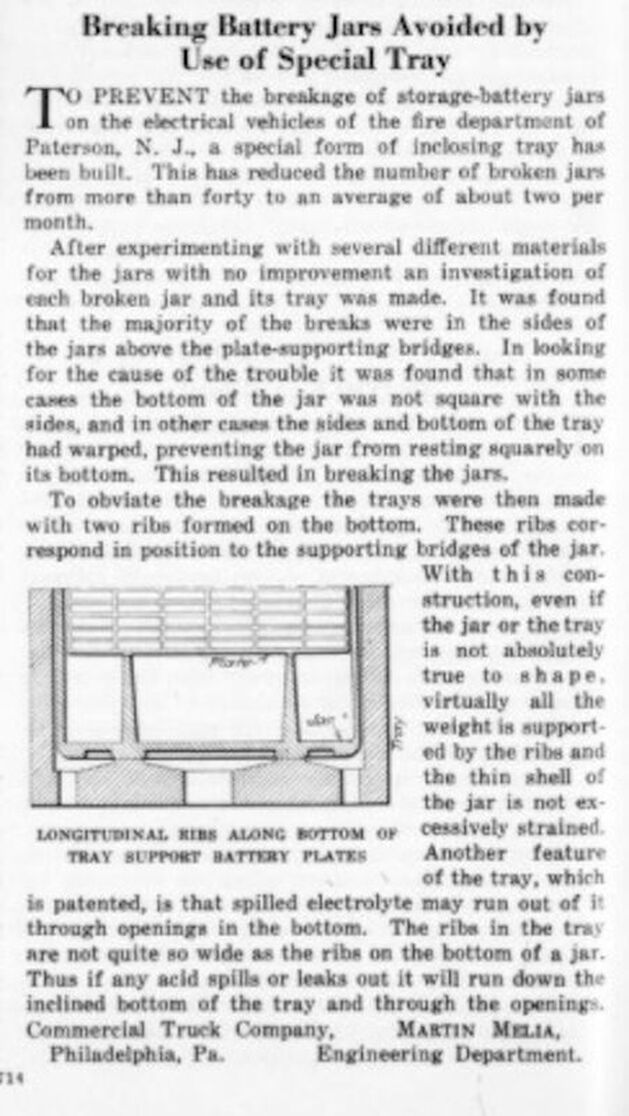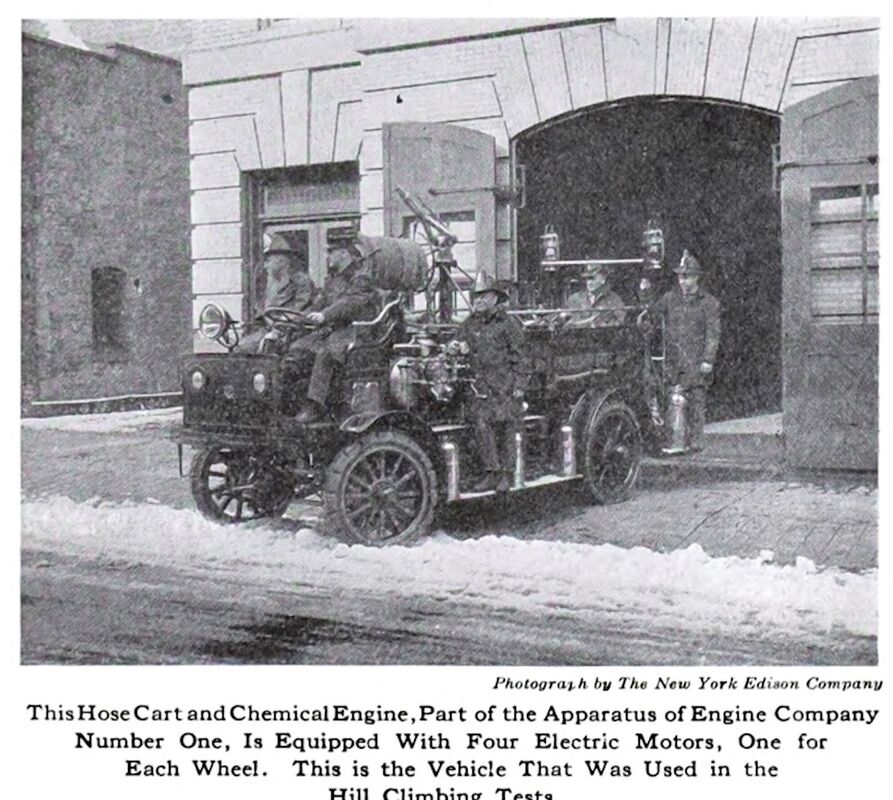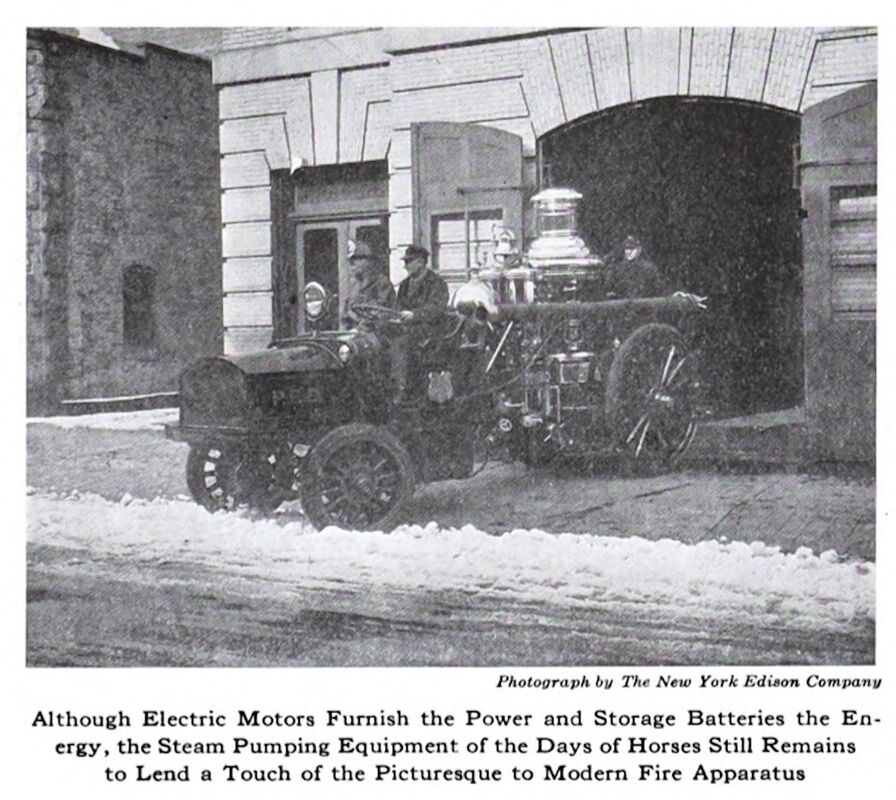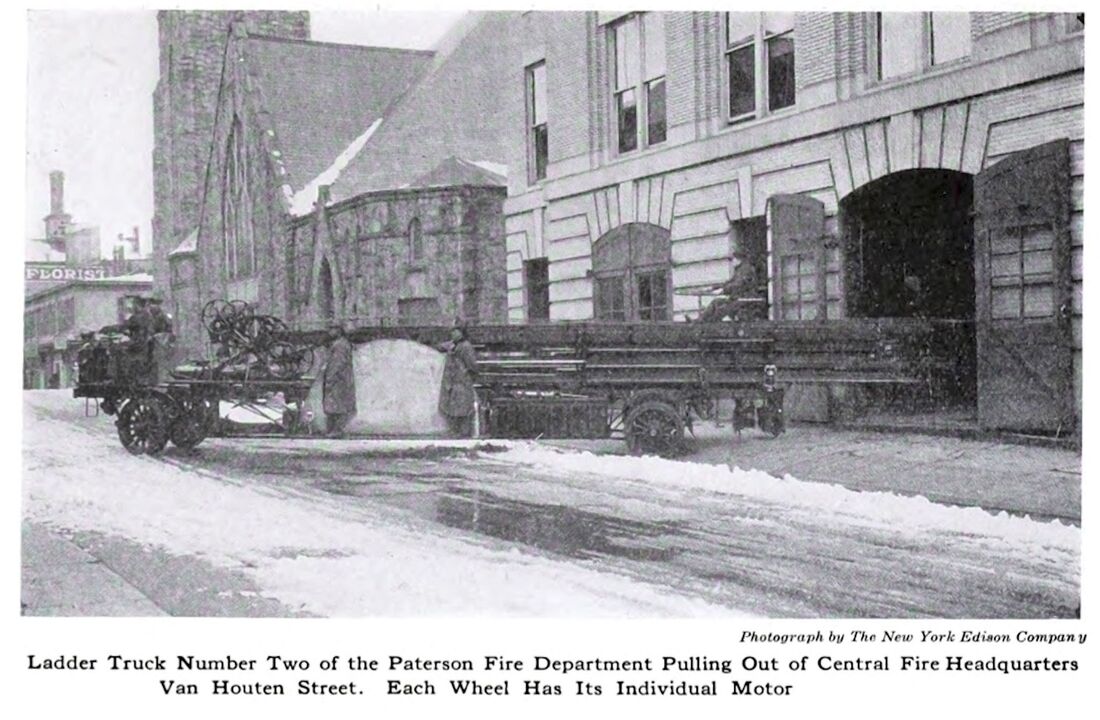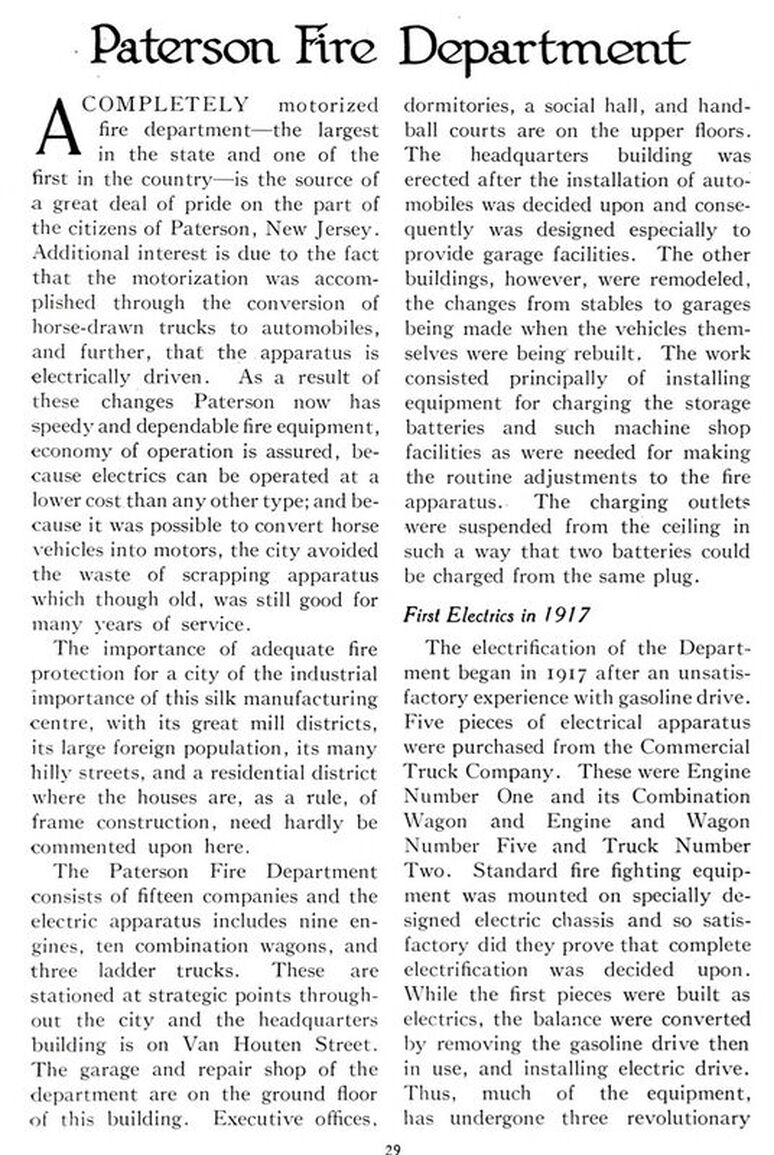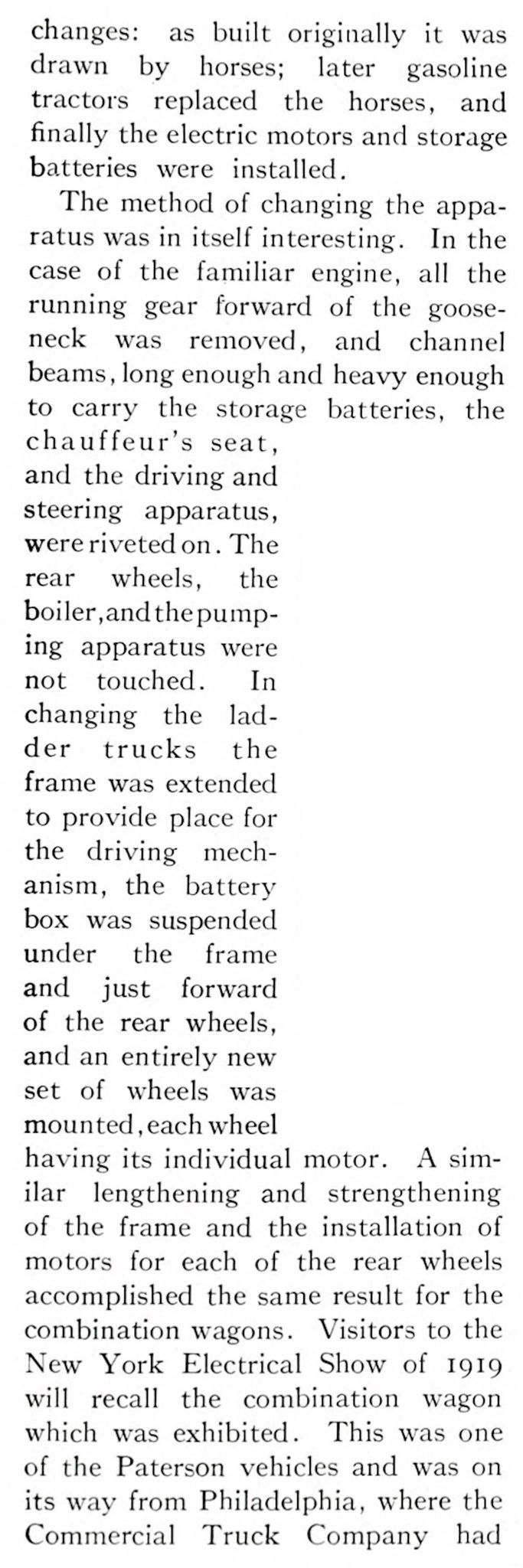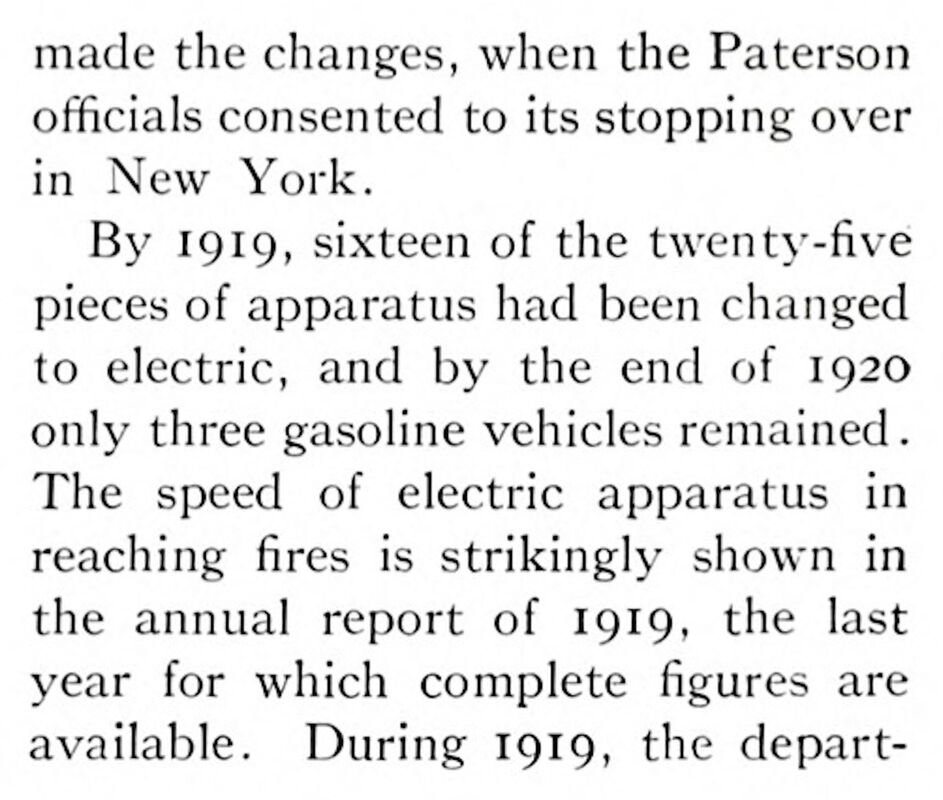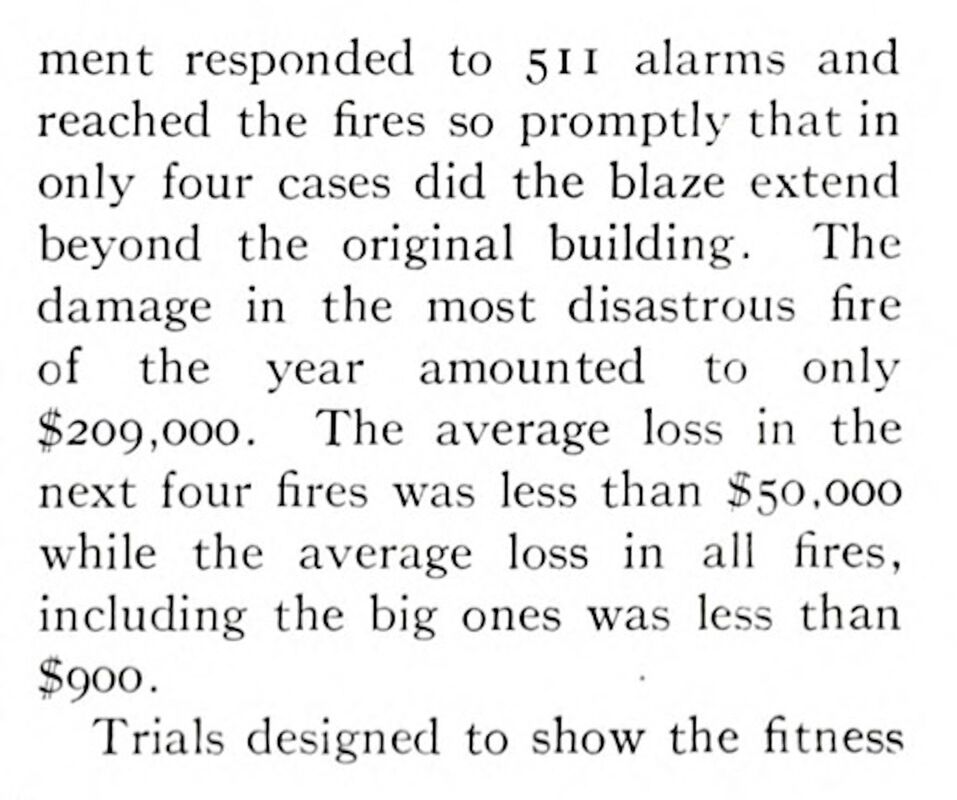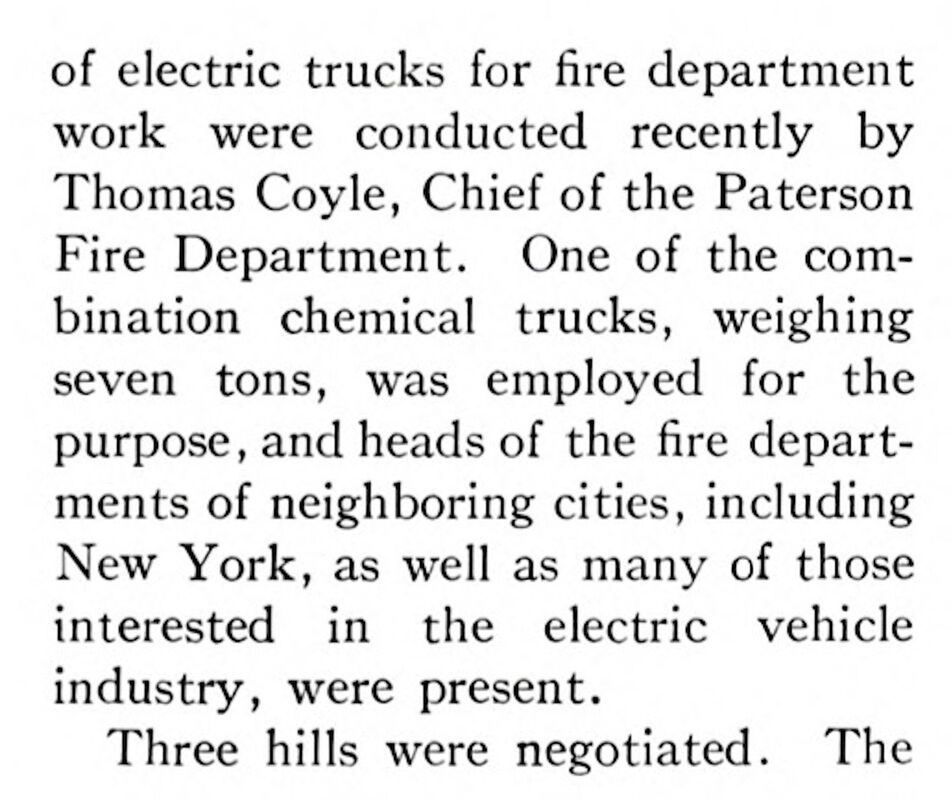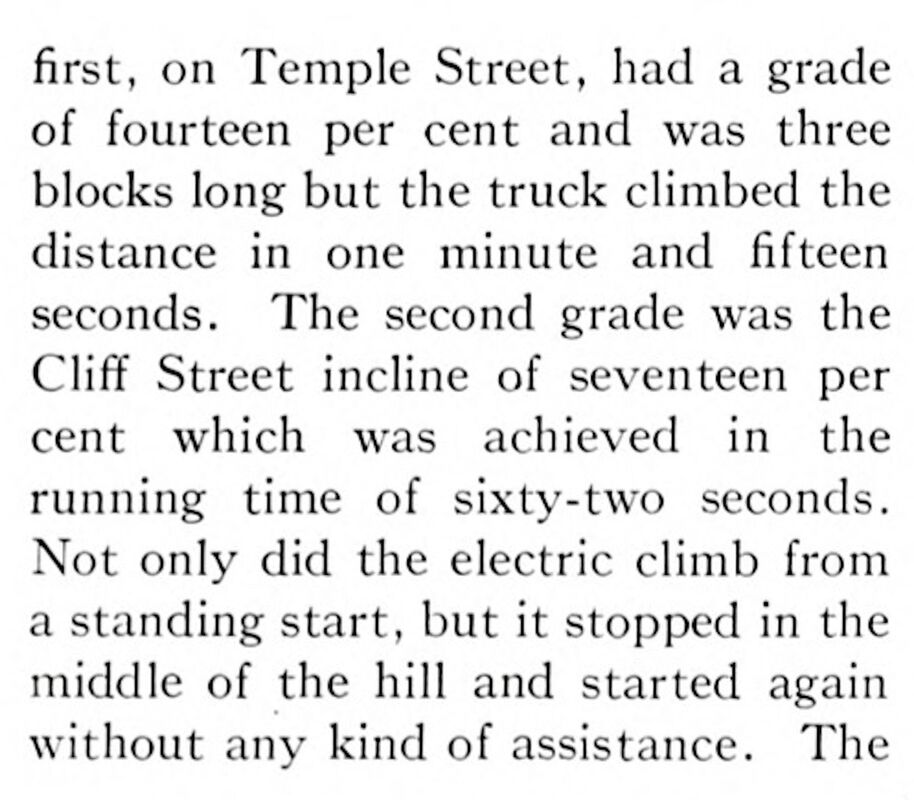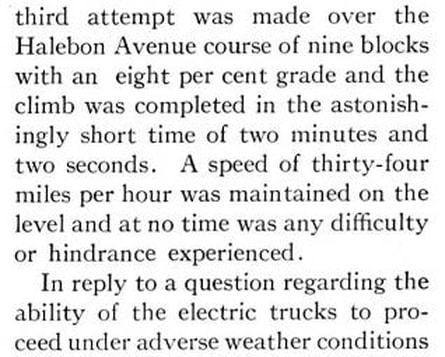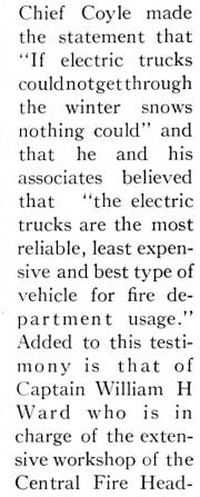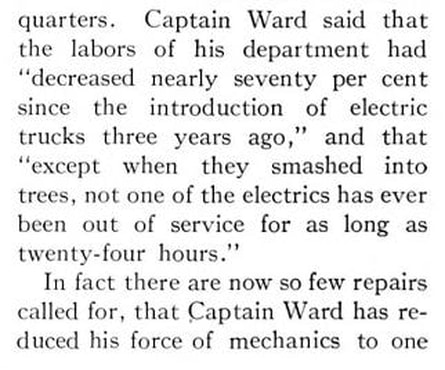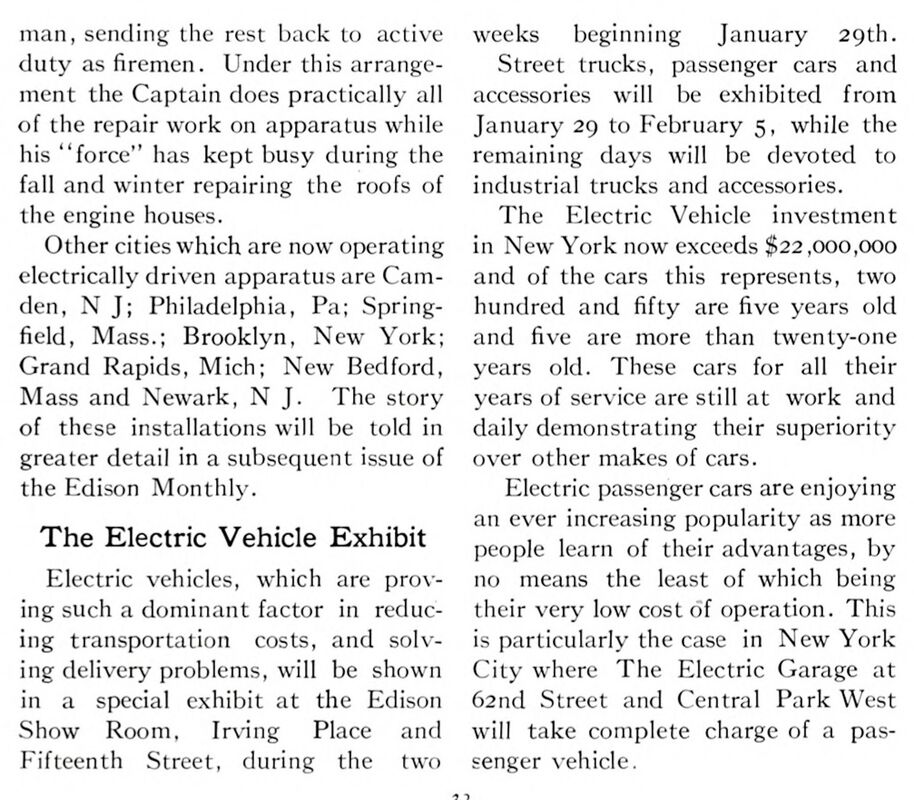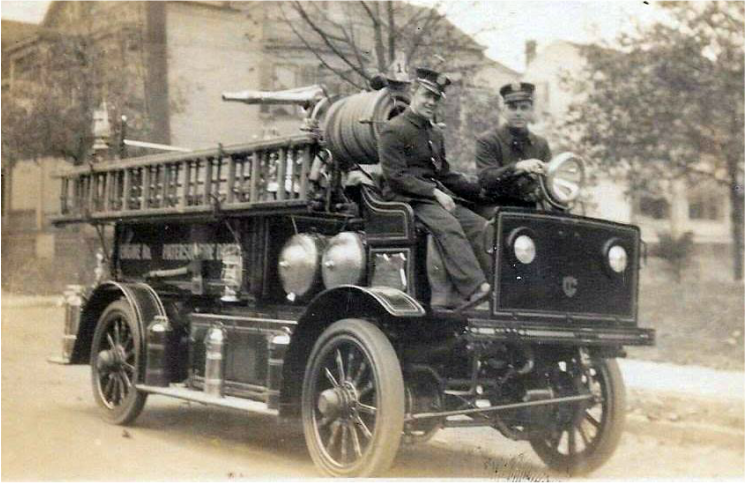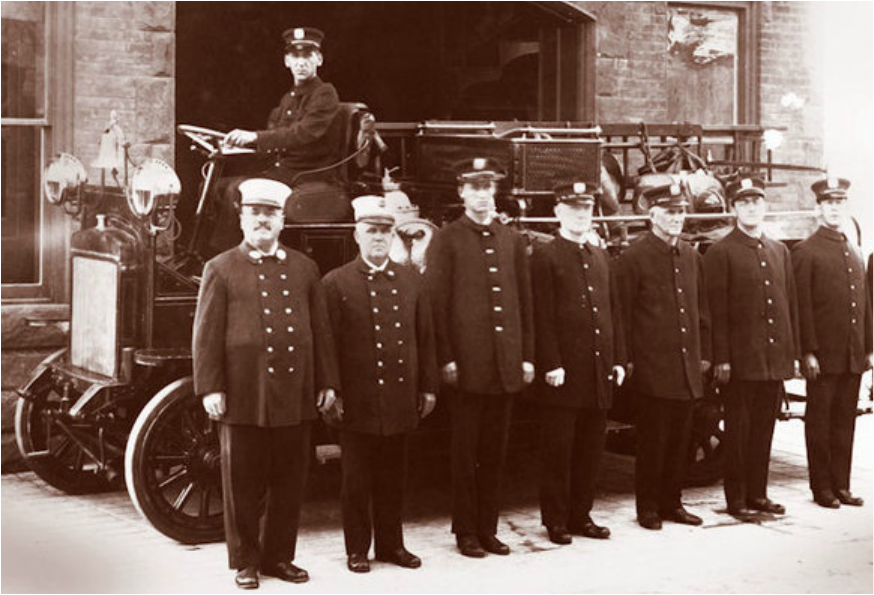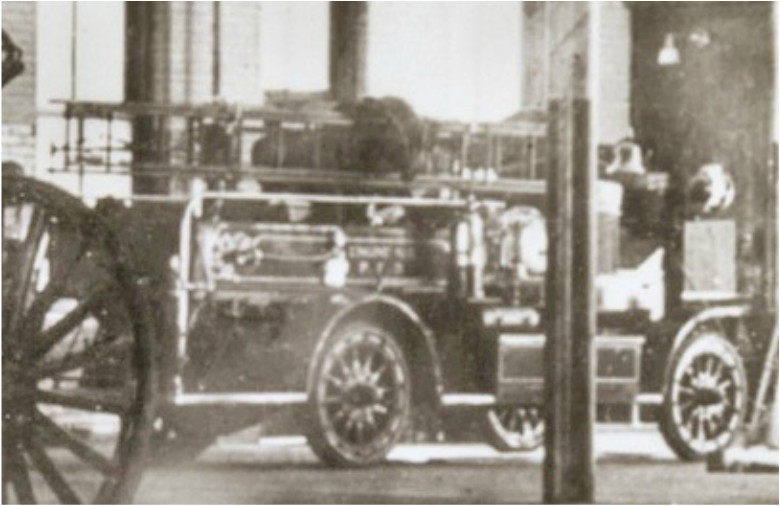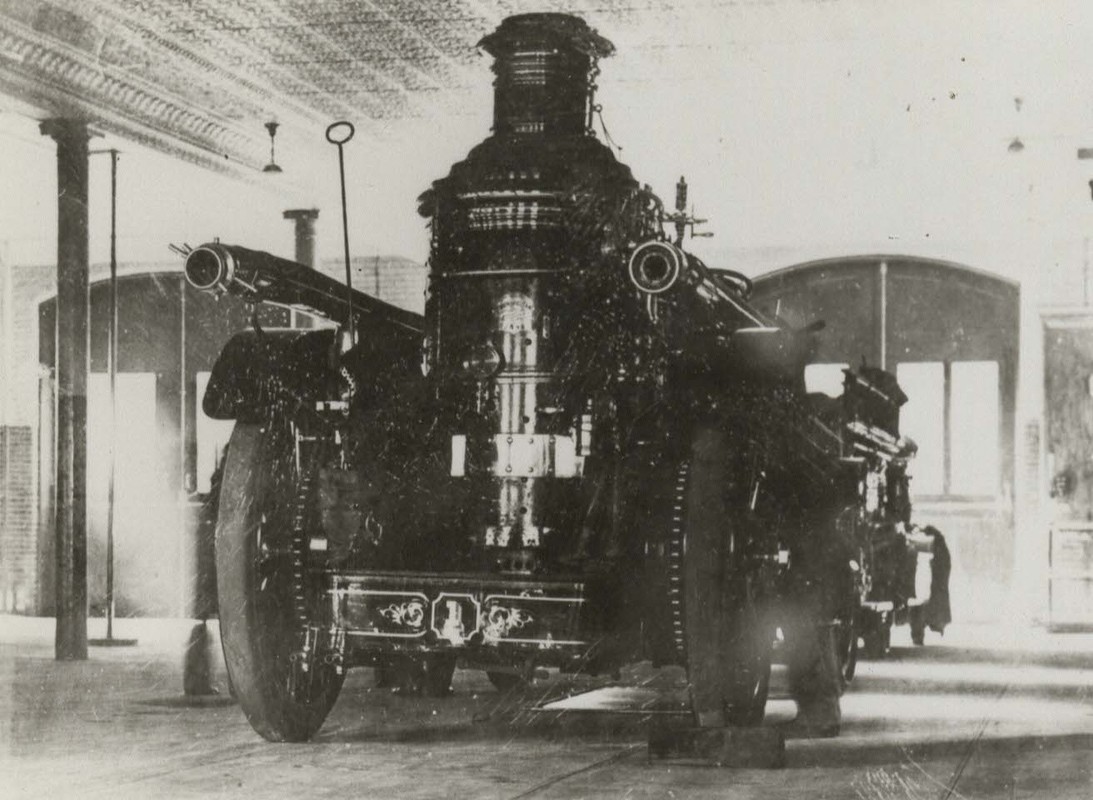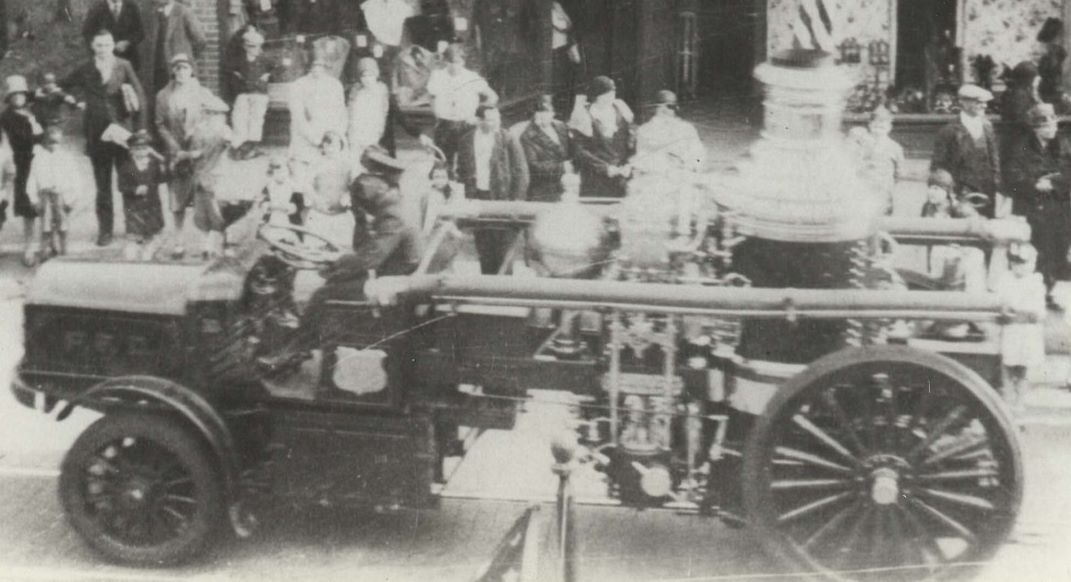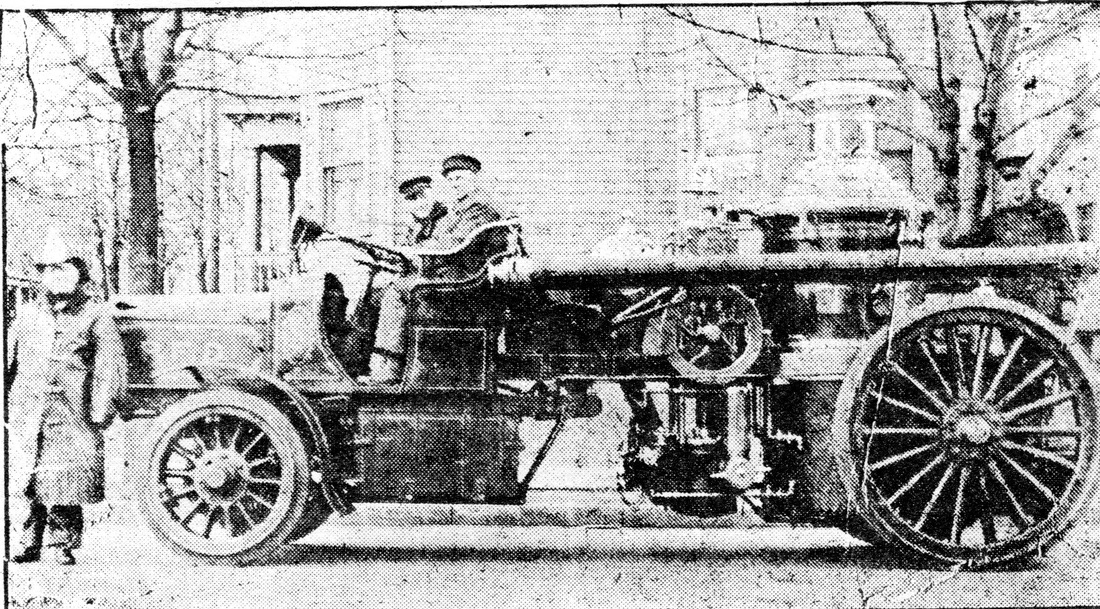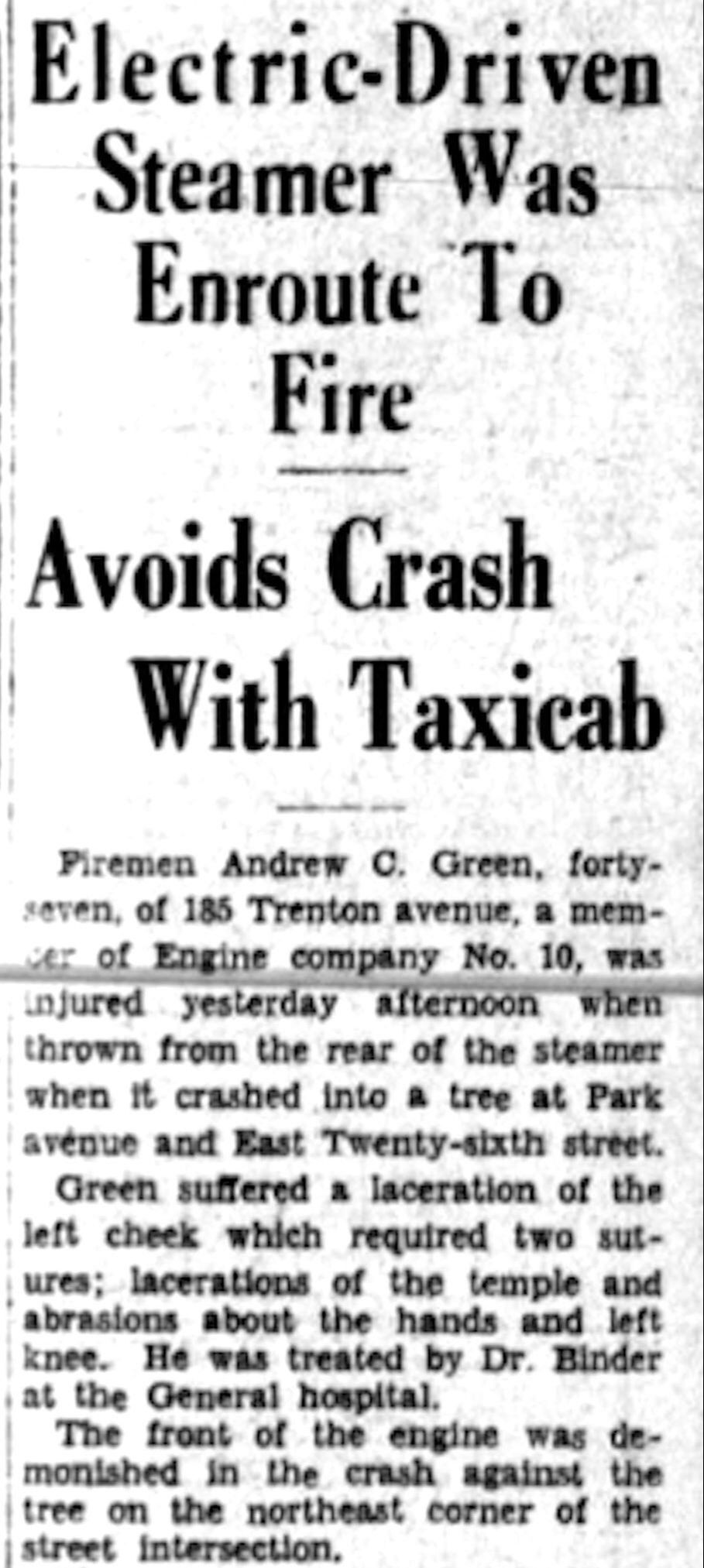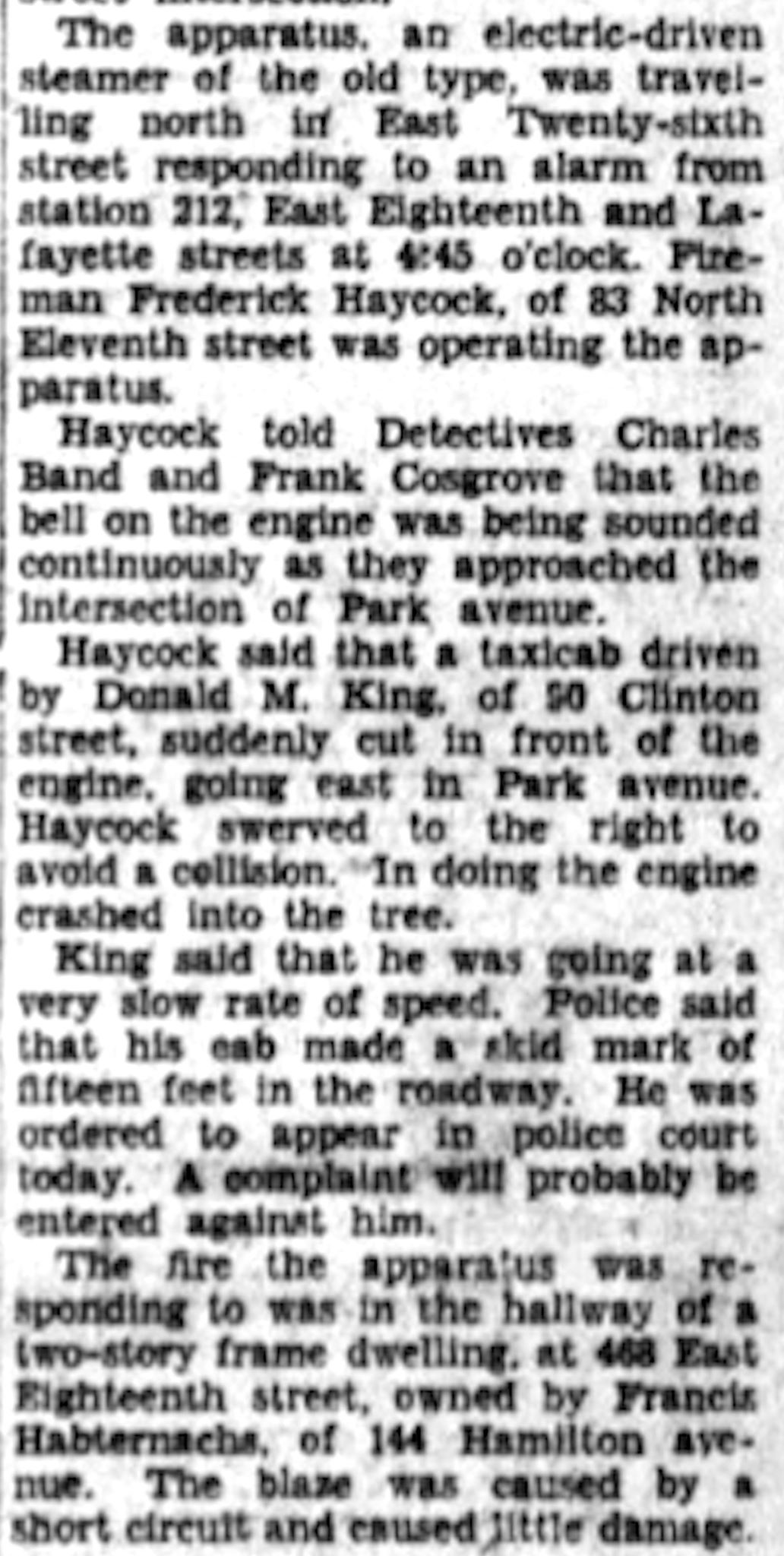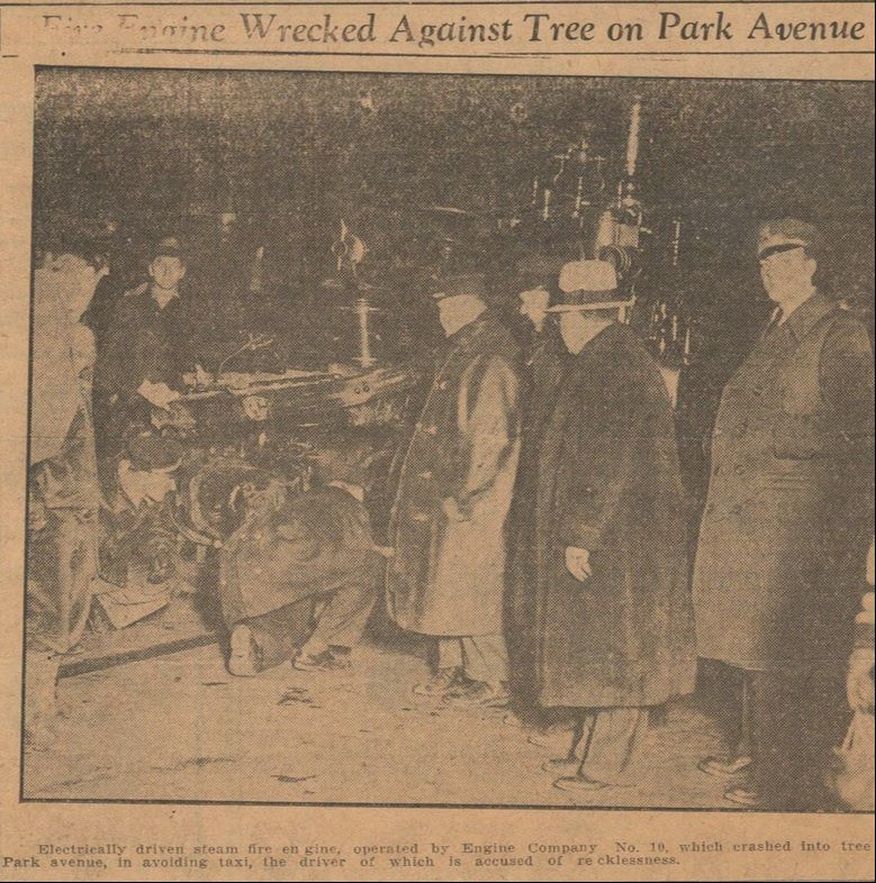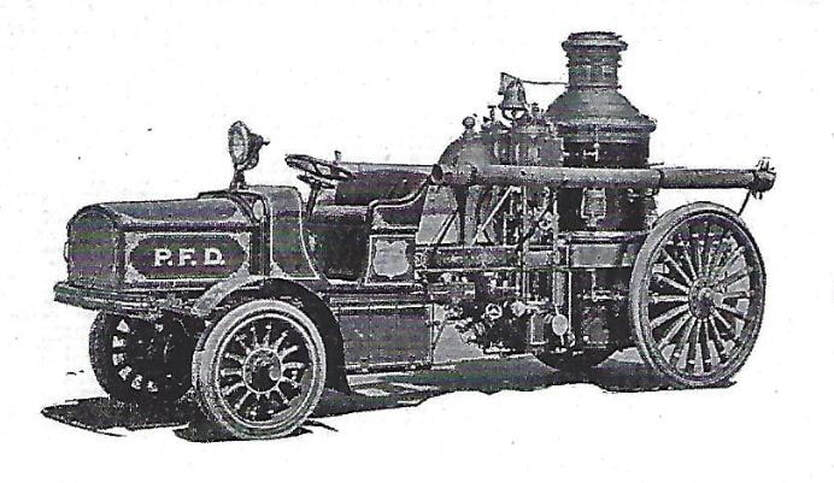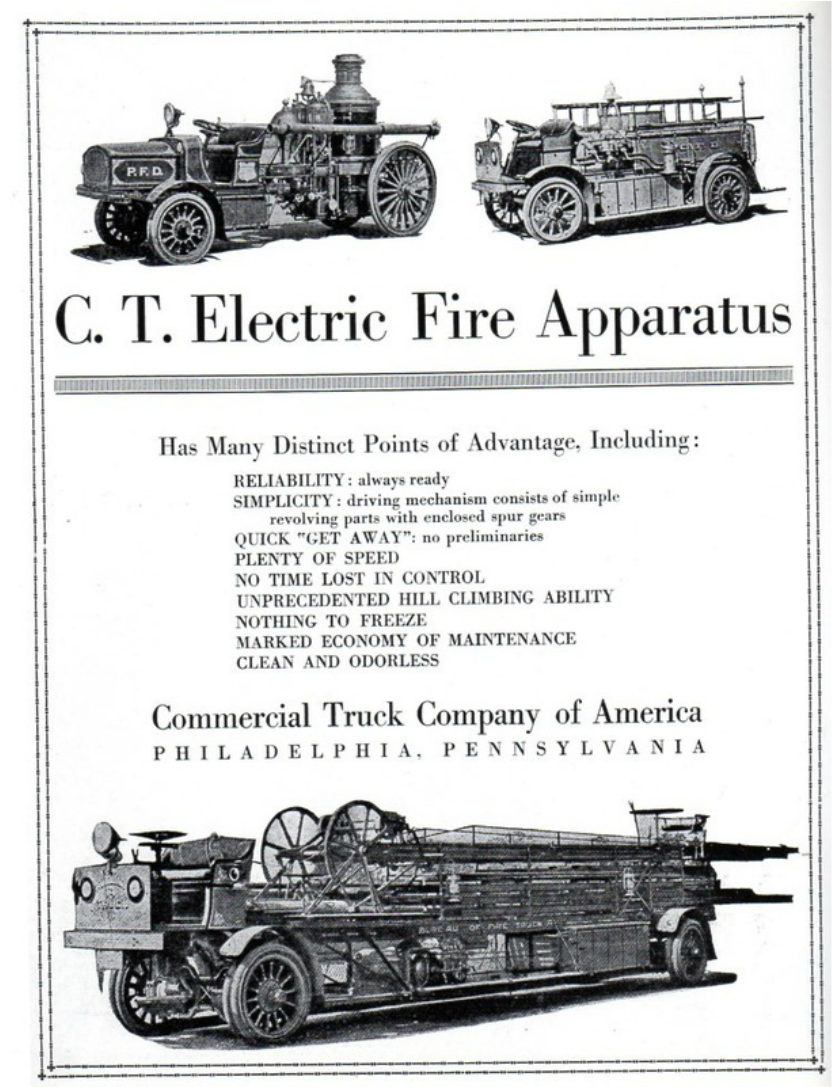- HOME
- OVERVIEW
- FIREFIGHTERS
- CHIEF ENGINEERS TOTAL
- CHIEF ENGINEERS PAID
- THE SUPREME SACRIFICE
- OBITUARIES / DEATHS
-
NOTABLE FIREFIGHTERS
- CALAMITA FAMILY
- CAPTAIN JOHN WEBER
- CUSACK FAMILY
- FLEMING FAMILY
- GERARD DUGAN
- HANCOCK FAMILY
- HENDERSON FAMILY
- HENRY OTIS HARRIS
- ISAAC FELICIANO
- JOHN GILMORE
- JOSEPH DAYSPRING
- JOSEPH FORBES
- KEARNEY-FAMILY
- MARIANI FAMILY
- McLAUGHLIN FAMILY
- MURRAY FAMILY
- PARKIN FAMILY
- SALMANOWITZ BROTHERS
- THE SIMONTONS
- THE SWEENEYS
- TICE FAMILY
- NOTABLE FIRES/INCIDENTS
- SPECIAL OP EVENTS
- TAKING THE HEAT BOOK
- HISTORICAL REVIEWS
- 1907 GUARDIAN
- 1936 HEARD & SEEN COLUMN
- FIREHOUSE PHOTOS / FACTS
- COMPANY & FH HISTORY
- SPECIAL OPERATIONS
- EMS
- COMMUNICATIONS / FA
- FIRE VIDEOS 1991-2011
- FIRE VIDEOS 2014-2022
- DOCUDRAMAS
- APPARATUS
- APPARATUS VIDEOS
- NOTABLE EVENTS INDEX
- MEMORABILIA
- PATCHES DECALS LOGOS SHIRTS
- WALLPAPER
- DEPARTMENT PETS
- TRAINING
-
VOLUNTEER DEPARTMENT
- AUXILIARY FIRE DEPARTMENT
- EXEMPT ASSOCIATION
- EXEMPT HOME & RELICS
- FMBA / PFA
-
BALLBOOKS
- 1909 BALL BOOK
- 1916 BALL BOOK
- 1918 BALL BOOK
- 1921 ANNUAL BALL
- 1923 ANNUAL BALL
- 1928 ANNUAL BALL
- 1935 PFD BOOSTER
- 1936 JANUARY PICTORIAL
- 1936 DECEMBER PICTORIAL
- 1937 ANNUAL BALL
- 1938 ANNUAL BALL
- 1939 ANNUAL BALL
- 1941 ANNUAL BALL
- 1942 ANNUAL BALL
- 1943 ANNUAL BALL
- 1944 ANNUAL BALL
- 1945 ANNUAL BALL
- 1946 ANNUAL BALL
- 1947 ANNUAL BALL
- 1948 ANNUAL BALL
- 1949 ANNUAL BALL
- 1950 ANNUAL BALL
- 1951 ANNUAL BALL
- 1952 ANNUAL BALL
- 1953 ANNUAL BALL
- 1954 ANNUAL BALL
- 1955 ANNUAL BALL
- 1956 ANNUAL BALL
- 1957 ANNUAL BALL
- 1958 ANNUAL BALL
- 1959 ANNUAL BALL
- 1960 ANNUAL BALL
- 1961 ANNUAL BALL
- 1962 ANNUAL BALL
- 1963 ANNUAL BALL
- 1964 ANNUAL BALL
- 1965 ANNUAL BALL
- 1966 ANNUAL BALL
- 1967 ANNUAL BALL
- 1968 ANNUAL BALL
- 1969 ANNUAL BALL
- 1970 ANNUAL BALL
- 1971 ANNUAL BALL
- 1972 ANNUAL BALL
- 1973 ANNUAL BALL
- 1975 ANNUAL BALL
- 1976 ANNUAL BALL
- 1977 ANNUAL BALL
- 1979 ANNUAL BALL
- 1980 ANNUAL BALL
- 1981 ANNUAL BALL
- 1982 ANNUAL BALL
- 1983 ANNUAL BALL
- 1984 ANNUAL BALL
- 1985 ANNUAL BALL
- 1986 ANNUAL BALL
- 1987 ANNUAL BALL
- 1988 ANNUAL BALL
- 1989 ANNUAL BALL
- 1990 ANNUAL BALL
- 1991 ANNUAL BALL
- 1992 ANNUAL BALL
- 1993 ANNUAL BALL
- 1994 ANNUAL BALL
- 1995 ANNUAL BALL
- 1996 ANNUAL BALL
- 1997 ANNUAL BALL
- 1998 ANNUAL BALL
- 1999 ANNUAL BALL
- 2000 ANNUAL BALL
- 2001 ANNUAL BALL
- 2002 ANNUAL BALL
- 2003 ANNUAL BALL
- 2004 ANNUAL BALL
- 2005 ANNUAL BALL
- 2010 ANNUAL BALL
- 2011 ANNUAL BALL
- 2014 ANNUAL BALL
- 2016 ANNUAL BALL
- ANNUAL REPORTS
- PFH CONTRIBUTORS
- ORAL HISTORY
- STATISTICS
- CONTACT
- CITY OF PATERSON
Electrification of Paterson Apparatus
Horses propelled all Fire department vehicles from its establishment in 1890 until 1910 when motorization began with gasoline power chief gigs and Engine Company 10. This was followed by several steamers receiving gasoline powered tractors from Nott or Christie Front Drive companies. Horses finally disappeared in 1920. Starting in 1915 the city and department under Chief Coyle initiated the transition to "electric" meaning battery powered apparatus. This also entailed installation of charging stations in each firehouse
November 18, 1915 - Fire and Water Engineering Magazine - Commercial Truck Company of Philadelphia visits Paterson to conduct tests - apparatus below (hose cart and aerial) are prototypes and not those that ultimately, came to PFD
1916:
Starting in 1917 the department under Chief Coyle starting receiving the "electric," powered apparatus.
The following is an interesting discussion on this topic that is from the Edison Monthly in January 1921 (posted in 2008 at the Paterson Fire Journal blog site).
A COMPLETELY motorized fire department — the largest in the state and one of the first in the country — is the source of a great deal of pride on the part of the citizens of Paterson, New Jersey. Additional interest is due to the fact that the motorization was accomplished through the conversion of horse-drawn trucks to automobiles, and further, that the apparatus is electrically driven. As a result of the changes Paterson now has speedy and dependable fire equipment, economy of operation is assured, because electrics can be operated at a lower cost than any other type; and because it was possible to convert horse vehicle into motors, the city avoided the waste of scrapping apparatus which though old, was still good for many years of service.
The importance of adequate fire protection for a city of the industrial importance of this silk manufacturing centre, with its great mill districts, its large foreign population, its many hilly streets, and a residential district where the houses are, as a rule, of frame construction, need hardly be commented upon. The Paterson Fire Department consists of fifteen companies and the electric apparatus includes nine engines, ten combination wagons, and three ladder trucks.
Central Fire Station
These are stationed at strategic points throughout the city and the headquarters building is on Van Houten Street. The garage and repair shop of the department are on the ground floor of this building. Executive offices. dormitories, a social hall, and handball courts are on the upper floors. The headquarters building was erected after the installation of automobiles was decided upon and consequently was designed especially to provide garage facilities. The other buildings, however, were remodeled, the changes from stables to garages being made when the vehicles themselves were being rebuilt.
Use of Electricity
The work consisted principally of installing equipment for charging the storage batteries and such machine shop facilities as were needed for making the routine adjustments to the fire apparatus. The charging outlets were suspended from the ceiling in such a way that two batteries could be charged from the same plug. The electrification of the Department began in 1917 after an unsatisfactory experience with gasoline drive.
The importance of adequate fire protection for a city of the industrial importance of this silk manufacturing centre, with its great mill districts, its large foreign population, its many hilly streets, and a residential district where the houses are, as a rule, of frame construction, need hardly be commented upon. The Paterson Fire Department consists of fifteen companies and the electric apparatus includes nine engines, ten combination wagons, and three ladder trucks.
Central Fire Station
These are stationed at strategic points throughout the city and the headquarters building is on Van Houten Street. The garage and repair shop of the department are on the ground floor of this building. Executive offices. dormitories, a social hall, and handball courts are on the upper floors. The headquarters building was erected after the installation of automobiles was decided upon and consequently was designed especially to provide garage facilities. The other buildings, however, were remodeled, the changes from stables to garages being made when the vehicles themselves were being rebuilt.
Use of Electricity
The work consisted principally of installing equipment for charging the storage batteries and such machine shop facilities as were needed for making the routine adjustments to the fire apparatus. The charging outlets were suspended from the ceiling in such a way that two batteries could be charged from the same plug. The electrification of the Department began in 1917 after an unsatisfactory experience with gasoline drive.
Five pieces of electrical apparatus were purchased from the Commercial Truck Company.
These were Engine Number One and its Combination Wagon and Engine and Wagon Number Five and Truck Number Two. Standard fire fighting equipment was mounted on specially designed electric chassis and so satisfactory did they prove that complete electrification was decided upon.
These were Engine Number One and its Combination Wagon and Engine and Wagon Number Five and Truck Number Two. Standard fire fighting equipment was mounted on specially designed electric chassis and so satisfactory did they prove that complete electrification was decided upon.
June 30, 1917: Paterson Evening News
August 23, 1917 Press Guardian
May 20, 1919: 3 apparatus (electric powered) ordered from Commercial Truck Company to replace 3 old Christie tractors.
November 3, 1919: Continued electrification of PFD apparatus continued
May 20, 1919: 3 apparatus (electric powered) ordered from Commercial Truck Company to replace 3 old Christie tractor. Hose wagons also updated.
1921 Electric World Magazine - information from manufacturer on preventing damage from broken apparatus battery jars and acid spills
1921: Edison Monthly - Update on PFD apparatus
Electric Drive
While the first pieces were built as electrics, the balance were converted by removing the gasoline drive then in use, and installing electric drive. Thus, much of the equipment, has undergone three revolutionary changes: as built originally it was drawn by horses; later gasoline tractors replaced the horses, and finally the electric motors and storage batteries were installed. The method of changing the apparatus was in itself interesting.
In the case of the familiar engine, all the running gear forward of the gooseneck was removed, and channel beams, long enough and heavy enough to carry the storage batteries, the chauffeur's seat, and the driving and steering apparatus, were riveted on. The rear wheels, the boiler, and the pumping apparatus were not touched.
Ladders
In changing the ladder trucks the frame was extended to provide place for the driving mechanism, the battery box was suspended under the frame and just forward of the rear wheels, and an entirely new set of wheels was mounted , each wheel having its individual motor.
A similar lengthening and strengthening of the frame and the installation of motors for each of the rear wheels accomplished the same result for the combination wagons.
Visitors to the New York Electrical Show of 1919 will recall the combination wagon which was exhibited. This was one of the Paterson vehicles and was on its way from Philadelphia, where the Commercial Truck Company had made the changes, when the Paterson officials consented to its stopping over in New York. By 1919, sixteen of the twenty-five pieces of apparatus had been changed to electric, and by the end of 1920 only three gasoline vehicles remained.
While the first pieces were built as electrics, the balance were converted by removing the gasoline drive then in use, and installing electric drive. Thus, much of the equipment, has undergone three revolutionary changes: as built originally it was drawn by horses; later gasoline tractors replaced the horses, and finally the electric motors and storage batteries were installed. The method of changing the apparatus was in itself interesting.
In the case of the familiar engine, all the running gear forward of the gooseneck was removed, and channel beams, long enough and heavy enough to carry the storage batteries, the chauffeur's seat, and the driving and steering apparatus, were riveted on. The rear wheels, the boiler, and the pumping apparatus were not touched.
Ladders
In changing the ladder trucks the frame was extended to provide place for the driving mechanism, the battery box was suspended under the frame and just forward of the rear wheels, and an entirely new set of wheels was mounted , each wheel having its individual motor.
A similar lengthening and strengthening of the frame and the installation of motors for each of the rear wheels accomplished the same result for the combination wagons.
Visitors to the New York Electrical Show of 1919 will recall the combination wagon which was exhibited. This was one of the Paterson vehicles and was on its way from Philadelphia, where the Commercial Truck Company had made the changes, when the Paterson officials consented to its stopping over in New York. By 1919, sixteen of the twenty-five pieces of apparatus had been changed to electric, and by the end of 1920 only three gasoline vehicles remained.
January 23, 1923: Concerns over power for electric apparatus
Speed of Vehicles
The speed of electric apparatus in reaching fires is strikingly shown in the annual report of 1919, the last year for which complete figures are available. During 1919, the department responded to 511 alarms and reached the fires so promptly that in only four cases did the blaze extend beyond the original building. The damage in the most disastrous fire of the year amounted to only $209,000. The average loss in the next four fires was less than $50,000 while the average loss in all fires, including the big ones was less than $900.
Trials designed to show the fitness of electric trucks for fire department work were conducted recently by Thomas Coyle, Chief of the Paterson Fire Department. One of the combination chemical trucks, weighing seven tons, was employed for the purpose, and heads of the fire departments of neighboring cities, including New York, as well as many of those interested in the electric vehicle industry, were present.
The speed of electric apparatus in reaching fires is strikingly shown in the annual report of 1919, the last year for which complete figures are available. During 1919, the department responded to 511 alarms and reached the fires so promptly that in only four cases did the blaze extend beyond the original building. The damage in the most disastrous fire of the year amounted to only $209,000. The average loss in the next four fires was less than $50,000 while the average loss in all fires, including the big ones was less than $900.
Trials designed to show the fitness of electric trucks for fire department work were conducted recently by Thomas Coyle, Chief of the Paterson Fire Department. One of the combination chemical trucks, weighing seven tons, was employed for the purpose, and heads of the fire departments of neighboring cities, including New York, as well as many of those interested in the electric vehicle industry, were present.
Negotiating Hills
Three hills were negotiated.
The first, on Temple Street, had a grade of fourteen per cent and was long but the truck climbed the distance in one minute and fifteen seconds. The second grade was the Cliff Street incline of seventeen per cent which was achieved in the running time of sixty-two seconds. Not only did the electric climb from a standing start, but it stopped in the middle of the hill and started again without any kind of assistance. The third attempt was made over the Haledon Avenue course of nine blocks with an eight per cent grade and the climb was completed in the astonishingly short time of two minutes and two seconds. A speed of thirty-four miles per hour was maintained on the level and at no time was any difficulty or hindrance experienced.
In reply to a question regarding the ability of the electric trucks to proceed under adverse weather conditions Chief Coyle made the statement that "If electric trucks could not get through the winter snows nothing could" and that he and his associates believed that "the electric trucks are the most reliable, least expensive and best type of vehicle for fire department usage."
The Shops
Added to this testimony is that of Captain William H Ward who is in charge of the extensive workshop of the Central Fire Headquarters. Captain Ward said that the labors of his department had "decreased nearly seventy per cent since the introduction of electric trucks three years ago," and that "except when they smashed into trees, not one of the electrics has ever been out of service for as long as twenty-four hours." In fact there are now so few repairs called for, that Captain Ward has reduced his force of mechanics to one.
Under this arrangement the Captain does practically all of the repair work on apparatus while his "force" has kept busy during the fall and winter repairing the roofs of the engine houses.
Three hills were negotiated.
The first, on Temple Street, had a grade of fourteen per cent and was long but the truck climbed the distance in one minute and fifteen seconds. The second grade was the Cliff Street incline of seventeen per cent which was achieved in the running time of sixty-two seconds. Not only did the electric climb from a standing start, but it stopped in the middle of the hill and started again without any kind of assistance. The third attempt was made over the Haledon Avenue course of nine blocks with an eight per cent grade and the climb was completed in the astonishingly short time of two minutes and two seconds. A speed of thirty-four miles per hour was maintained on the level and at no time was any difficulty or hindrance experienced.
In reply to a question regarding the ability of the electric trucks to proceed under adverse weather conditions Chief Coyle made the statement that "If electric trucks could not get through the winter snows nothing could" and that he and his associates believed that "the electric trucks are the most reliable, least expensive and best type of vehicle for fire department usage."
The Shops
Added to this testimony is that of Captain William H Ward who is in charge of the extensive workshop of the Central Fire Headquarters. Captain Ward said that the labors of his department had "decreased nearly seventy per cent since the introduction of electric trucks three years ago," and that "except when they smashed into trees, not one of the electrics has ever been out of service for as long as twenty-four hours." In fact there are now so few repairs called for, that Captain Ward has reduced his force of mechanics to one.
Under this arrangement the Captain does practically all of the repair work on apparatus while his "force" has kept busy during the fall and winter repairing the roofs of the engine houses.
January 8, 1931: Engine 10's electric-powered Steamer crashed into a pole at 4:45 PM at Park Avenue and east 26th Street. The accident happened when E10 driver Edward Haycock swerved to avoid a collision with a taxicab. The front of the apparatus was smashed and fireman Andrew Green was hurled from the rear of the steamer. Company was responding to Station 212 at East 18th and Lafayette Streets.
End of Electric Era
Despite all the hype above. Paterson bailed pretty quickly on using electric apparatus. As soon as 1923 they bought a gasoline powered First Size American LaFrance Combination Hose Chemical and Pumping Engine for Engine Company 12 and between 1926 and 1931 replaced every battery powered apparatus with an Ahrens Fox gasoline powered pumper or aerial: exception was Engine 11 which received a used (from Haledon, NJ) American LaFrance gasoline pumper in 1932.
Proudly powered by Weebly
